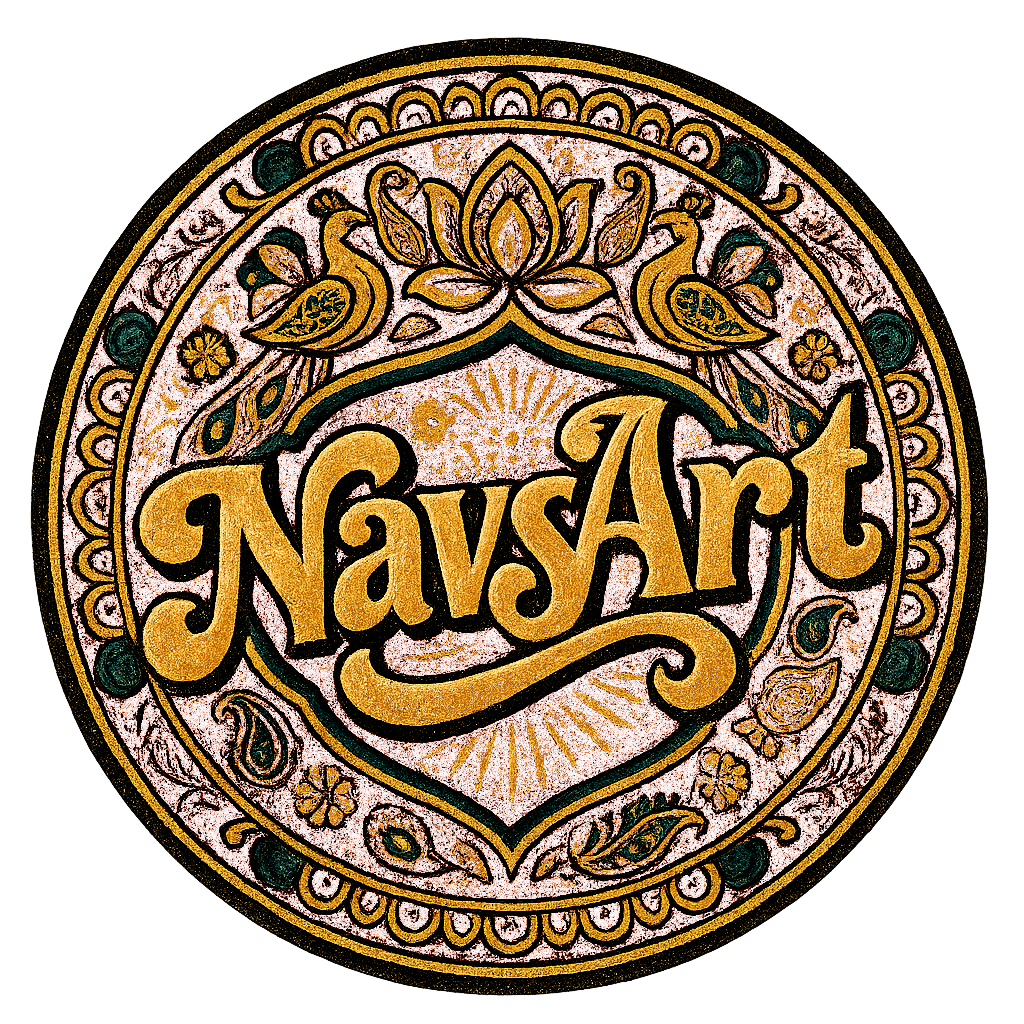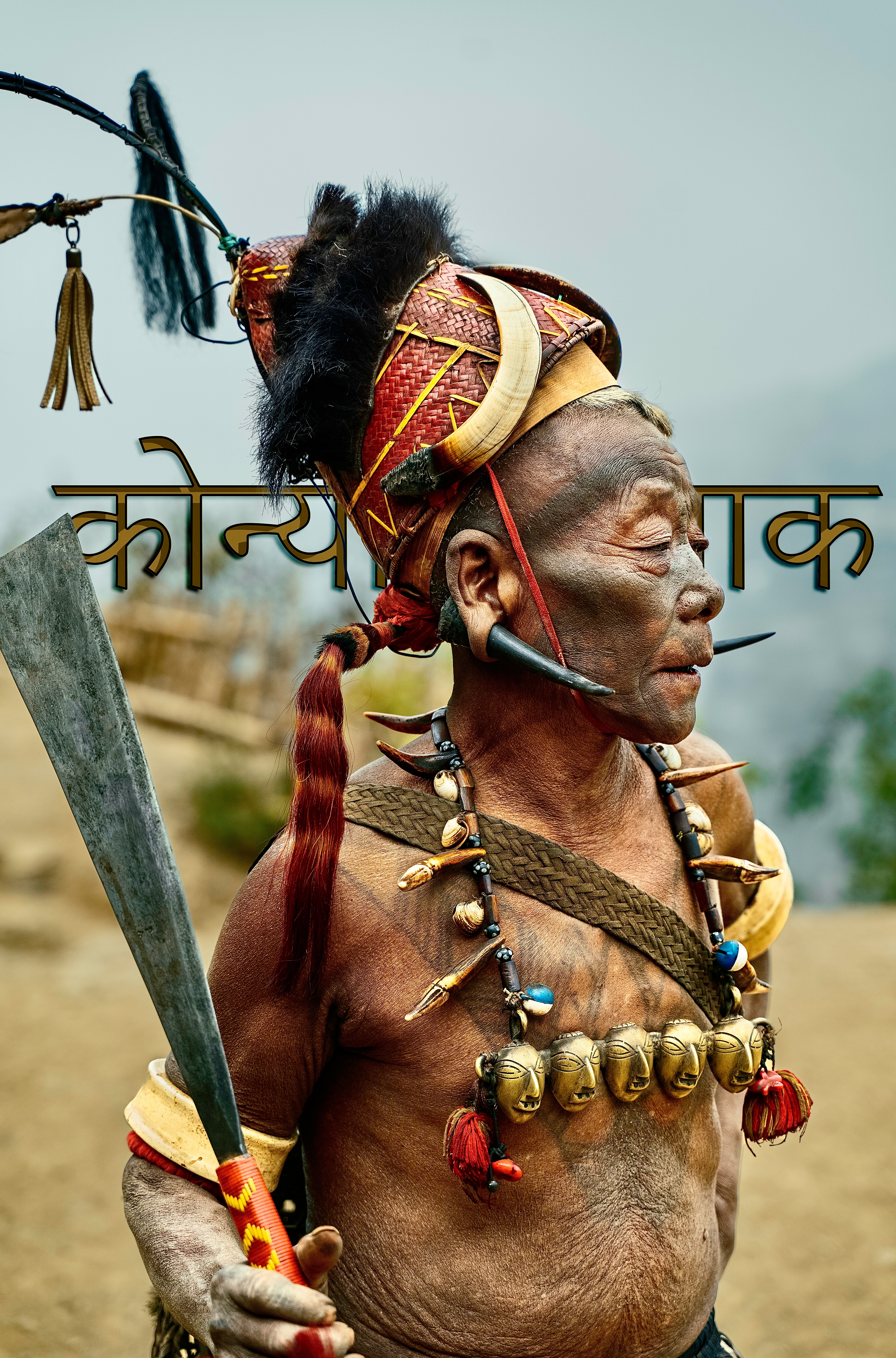Beyond the Colonial Gaze is part of an ongoing photographic research project exploring the effects of colonial oppression on culture through the story of Theyyam—an ancient ritual from the Malabar region of Kerala, South India—both as a historical tradition and a present-day practice. Theyyam was a powerful presence throughout my childhood, and the first photograph to your right was taken in my family temple. Theyyam is a reminder that the divine exists within and around us. In an age of disconnection, its wisdom has the power to ground us and heal a fragmented world.
Two years ago, as an immigrant now living in London, I visited home during Theyyam season for the first time in twelve years. Witnessing the ritual reignited my curiosity about the broader spiritual and historical context of my culture, the role Theyyam once played in it, and the ways in which colonial narratives had distorted my perception of both. After almost a decade of only sporadic visits, I was able to see my home and its traditions through liberated eyes and feel a deeper appreciation for it. This experience compelled me to seek the spiritual essence of rituals like Theyyam, which are prevalent throughout India. However, oral traditions are seldom written about. With a lack of traceable records exacerbated further by centuries of colonial intervention, I discovered there was very little information available about the ritual’s broader spiritual context.
Such erasure and contortion of people’s beliefs about their history and cultural roots is a shared experience among colonised communities around the globe— a common reality that is difficult to untangle. In my case, having been born and raised in Malabar, I have the privilege of links to people whose families have retained ancestral knowledge of Theyyam through the generations. Consequently, I was lucky enough to learn about its deeper spiritual dimension thanks to Dr Sanjeevan Azikhode, a prominent figure in the cultural preservation community of my hometown, Kannur, and one of the select few people who remain privy to such knowledge.
Gods of God’s own Country
India has been a vessel for vast amounts of ancient traditions, rituals and heritage that date back thousands of years, from Life sciences like Yoga, Ayurveda and Sidha (Alchemy) to Mystic practices like Tantra and Vedanta (Science of the Soul), along with Languages like Tamil, Malayalam and Sanskrit that are among the oldest in the world.
All the ancient rituals, sciences and worship systems are performed only after paying tribute to the PANCHABOOTHA (the five elements found in nature: fire, earth, wind, water and ether) and consider nature and the forces that make it the supreme force that acts as the creator and the destroyer and acknowledges it not only as an external force but also the internal force that drives the life force within every living being in the universe. Popularly known as GOD
India has two forms of worship systems at play. One is the temple worship system that you see everywhere and have probably heard a lot about and the other is the Kaav form of worship, Which is centred around worshipping nature and exists mostly in South India. Kaav means forest, and the purpose of the Kaav is to protect and conserve nature and to act as a forum for the common man to assimilate the divine powers that exist within him. Theyyam is only performed in Kaav and carries with it ancestral wisdom that has all but escaped the consciousness of the Majority.
To be Born and Raised in Malabar
Among my earliest memories is waking up at 4 AM and walking to the shrine called Kaavu to see Theyyam. It was a Thee Chamundi, a Theyyam that danced around a towering fire, clad in what felt at the time like something either a God or a superhero would wear. As she jumped onto the embers face first over a hundred times, striking fear in some and devotion in others, everyone watched with mesmerised yet fearful eyes. it was the birth of my first superhero, an unconventional one that jumped in the fire for some reason. Even more unusual was the fact that no one I knew at the time had any sort of understanding or knowledge about Theyyam or the deeply spiritual context by which it was performed or the reasons why it Exists. Why?
History of Theyyam Theyyam
Theyyam is roughly about 1400 years old, the spiritual science of which has been passed down orally. Theyyam and the philosophy behind it existed as a lifestyle and a part of the culture and everyday living and played a big role in uniting the millions of people who lived in the Malabar region of south India regardless of the caste, colour or religion they belonged to. The effects of which is still very visible in Kerala as it stands as a benchmark for unity in diversity for the entirety of India. During the British rule, Theyyam was branded as the Devil’s Dance and heavily attacked and the communities devalued against Western ideologies. This led to the slow death of the language spoken by the Thiyyar community, who are the ones who traditionally perform Theyyam, resulting in a loss of the ancient wisdom, science and the purpose behind it as well. Thiyyar is also the caste I belong to but my ancestors were mostly coconut pickers. Despite all these trials and tribulations, Theyyam is still to this day an integral part of life back home. Every single person who was born and raised in Kannur regardless of caste, colour, religion, or social standing comes in touch with it to such an extent that there is even Mapilla Theyyam(Muslim Theyyam) performed in the Kaavu, A true testament to the inclusivity and open-mindedness of Theyyam and the people to whom it belongs. As you might have guessed by now, the intricacies and the story of Theyyam as a concept is too vast to explain here so let me guide you through the basics.
Art Form at its core
In its simplest form, Theyyam is a classical Indian dance form. Theyyam has its inception in a classical dance form called Kaliyattam. All classical Indian art, philosophies and devotional practices are based on the cosmic rhythm that originates from nature and is based on expressing in some way or the other the unison and amalgamation of the Panchabootha, which are five elements that are found in nature, which is referred to as the life force that emanates through each and every single organism in the cosmos. Theyyam connects the Earth and the Ether through Dance, where a person manifests God (life force) within himself and others and expresses it through Dance and Devotion. It is based on the philosophy that God is an expression of this life Rhthym that exists in everyone equally but have forgotten about, just as we cannot see and rarely think or are aware of the oxygen that we all breathe and serves as a reminder of the infinite part of us that we can seldom remember. And through the practice of Theyyam with this awareness As with most art forms, it is all about storytelling, and when a Theyyam hurls himself into the fire, he is reenacting the story of Hiranyakashipu and Prahaladhan which speaks to the importance of Dharma and the consequences of Adharma (immorality, sinfulness, injustice) and serves as a reminder of a core belief system of the culture there akin to Ancient Greek Theatre where similarly tragic life stories were depicted so discernment was made possible. in essence, Theyyam is a theatre that portrays life and its essence in its most grandiose form and also its most tragic.
Dismantling of culture and traditions
During British rule in India, the British army actively banned the practice of Kalaripayattu aka Kalari (a traditional martial art from Kerala, also the origin of all martial arts of the world), which was considered a threat due to its effectiveness in combat and potential to fuel resistance against colonial rule. Consequently, practitioners of Kalari became persecuted and schools teaching it were forcefully closed down. The British crackdown on Kalaripayattu intensified following the Kottayathu War, a rebellion against British rule led by Pazhassi Raja, a Keralite king.
Kaav was one of those places where Kalari was taught and practised. Theyyam performers were expert practitioners of Kalari and were also persecuted, and the ritual was deemed demonic and banned from practice. Theyyam, Kalari and many other such rituals and traditional art forms were met with the same persecution, leading to the loss of their orally transmitted underlying value systems, principles and philosophies. The erasure of such knowledge changed the way these traditions are perceived: from being a practice that bestowed wisdom and self realisation to one of blind devotion and superstition.
Harsh Reality
Theyyam has been a part of my life for as long as I can remember, subtly shaping my imagination and inner reflections. For the vast majority of my life, however, I regarded it merely as a superstitious ritual—one that I dismissed as backward, savage, and devoid of real value to society. This limited view stemmed from the way its rich history and context had been obscured, all while the society I grew up in had been transformed by Western ideals.
It took me a long time to realize that I was viewing my own culture and history through a lens imposed by those who once sought to erase it—a colonial gaze that distorted the true essence of my heritage and as a result, of myself. And this is also the story of not millions but the 1.5 billion who call India home, most not as fortunate as I am.
My life in the UK is a constant reminder of this story as the commodification of Eastern traditions, such as yoga and tantra have become more prevalent than ever and has been reduced to a happy meal from a deep-rooted spiritual philosophy that has influenced the vast majority of the world for thousands of years.
Video by Jagath Narayanan ( Multidisciplinary Artist from Kannur,Kerala)
Video by Sethu Jayaprakash
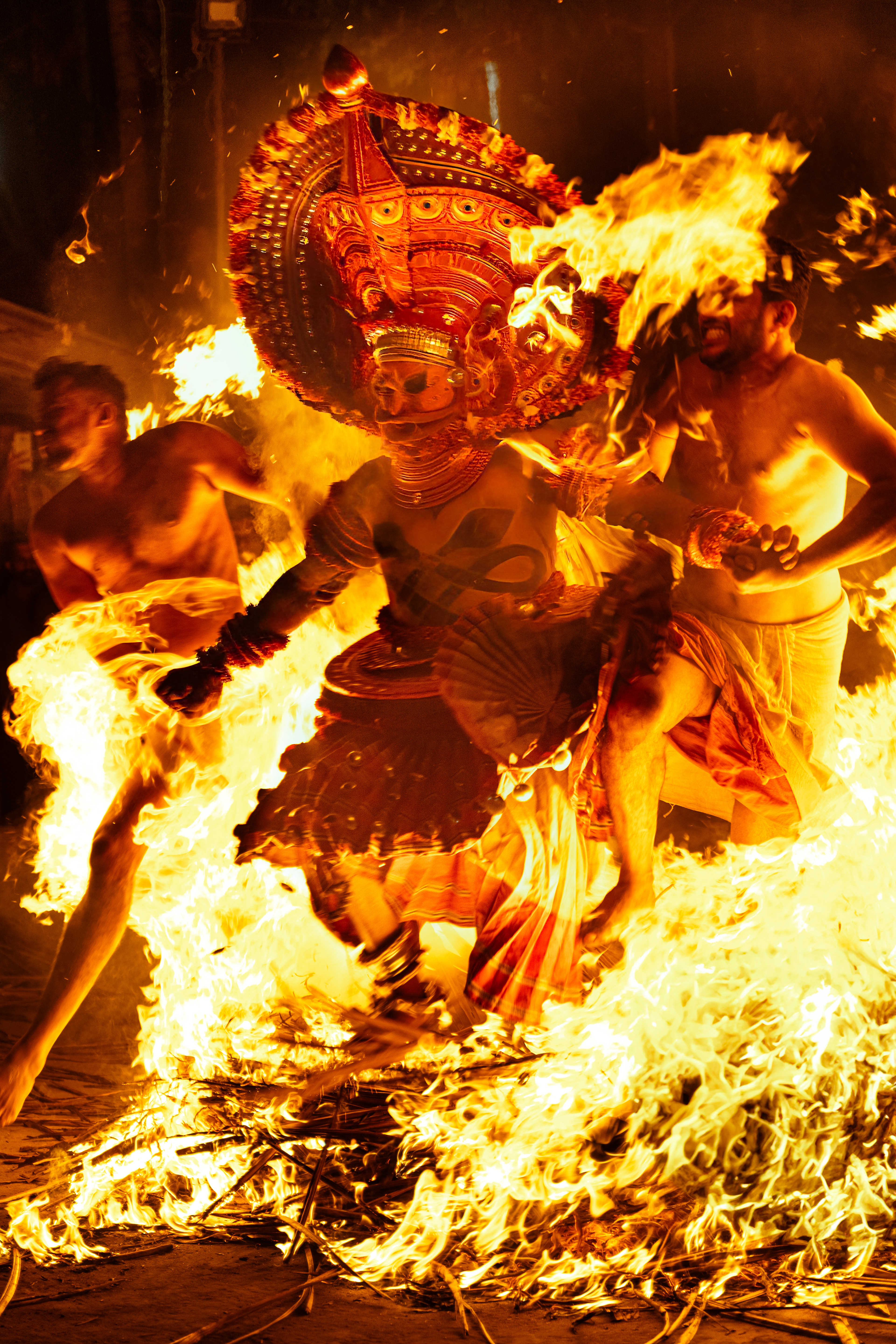
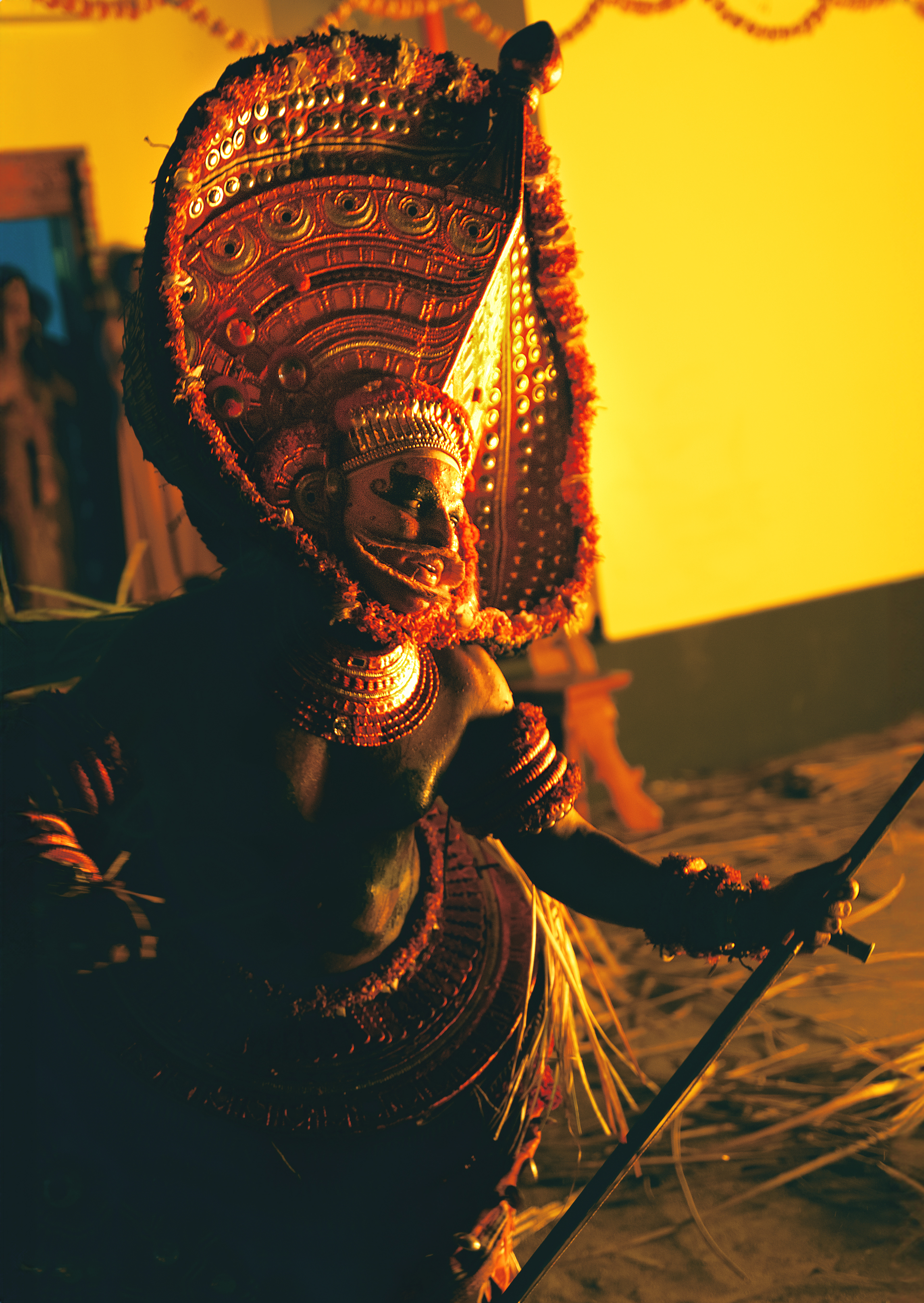
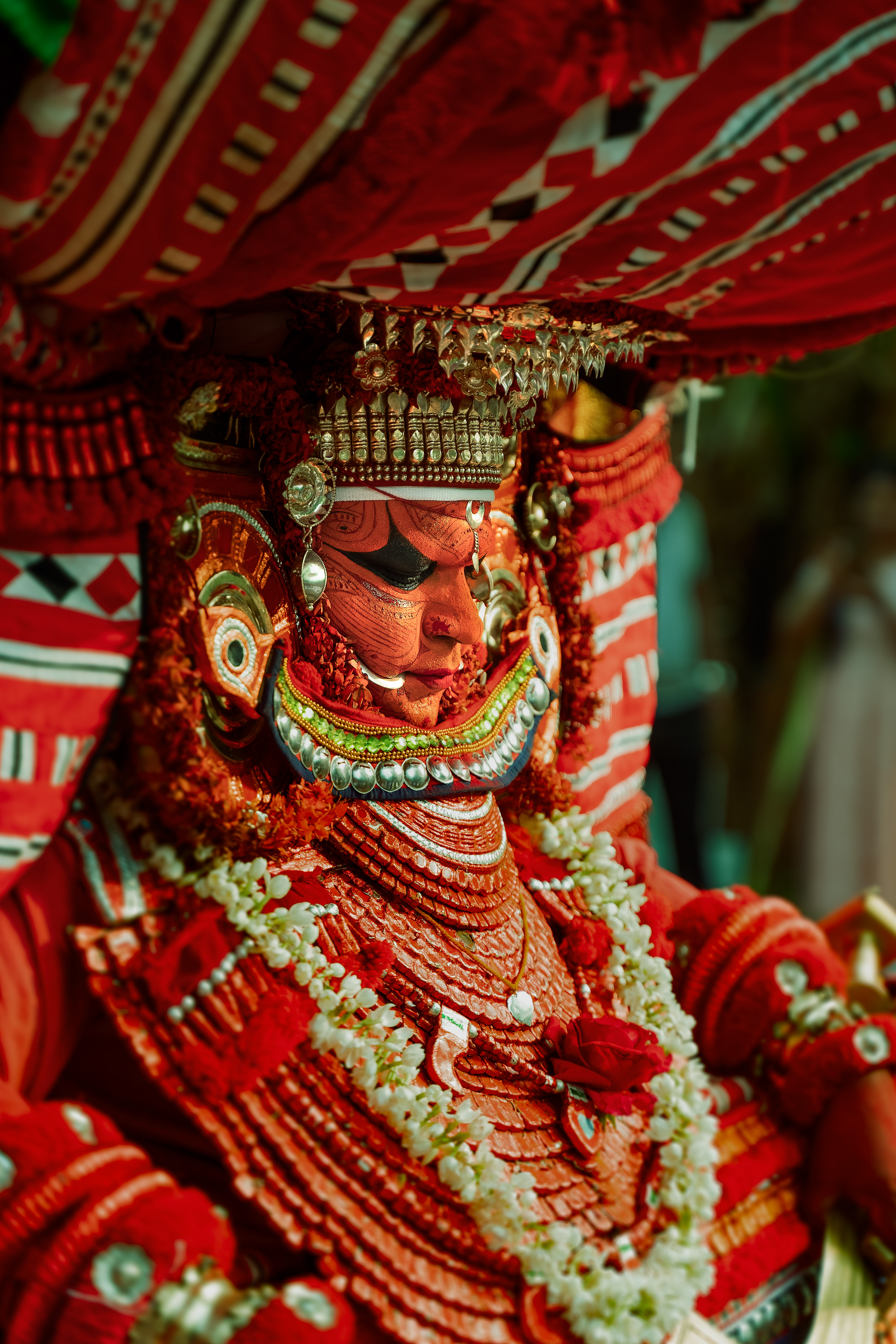
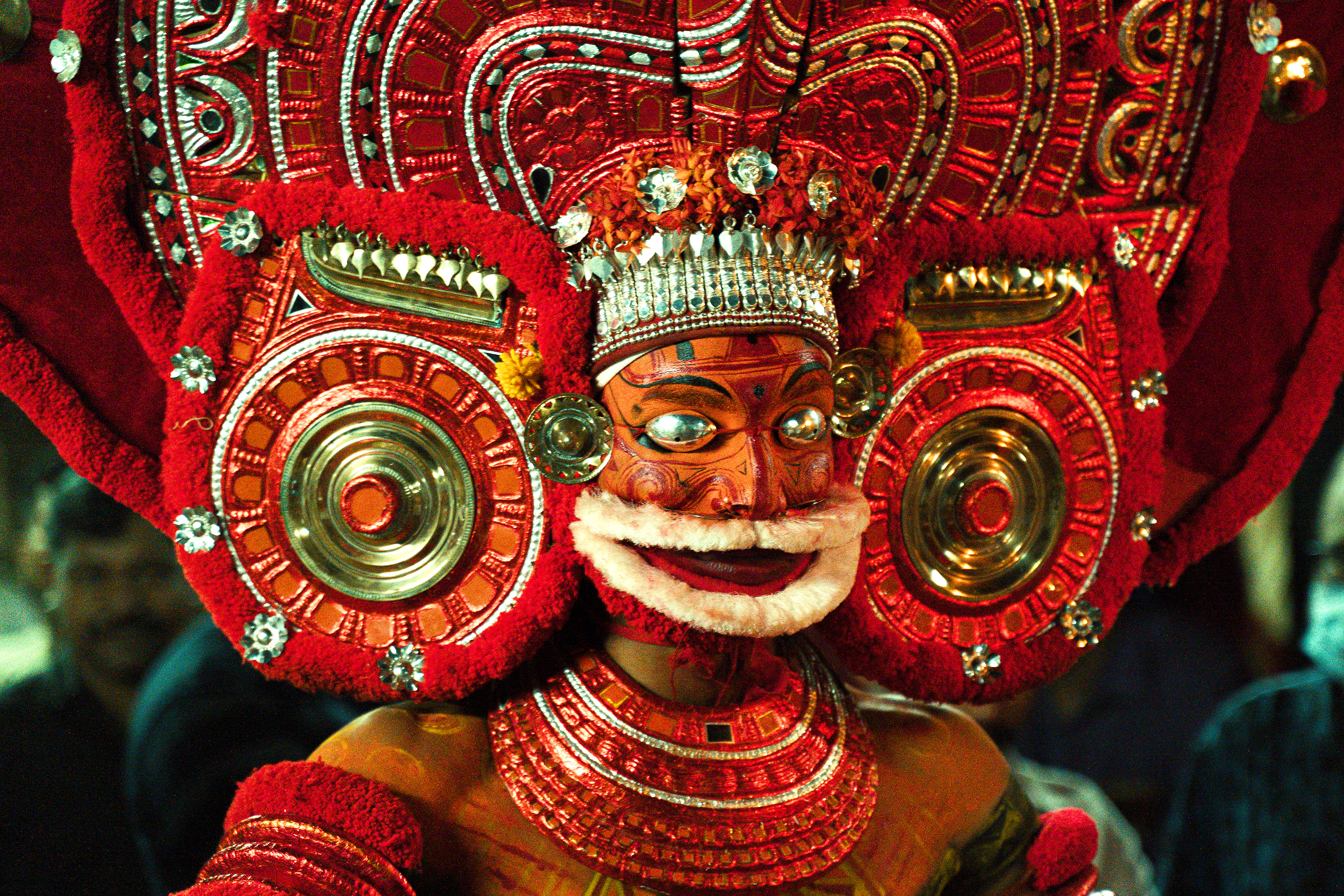
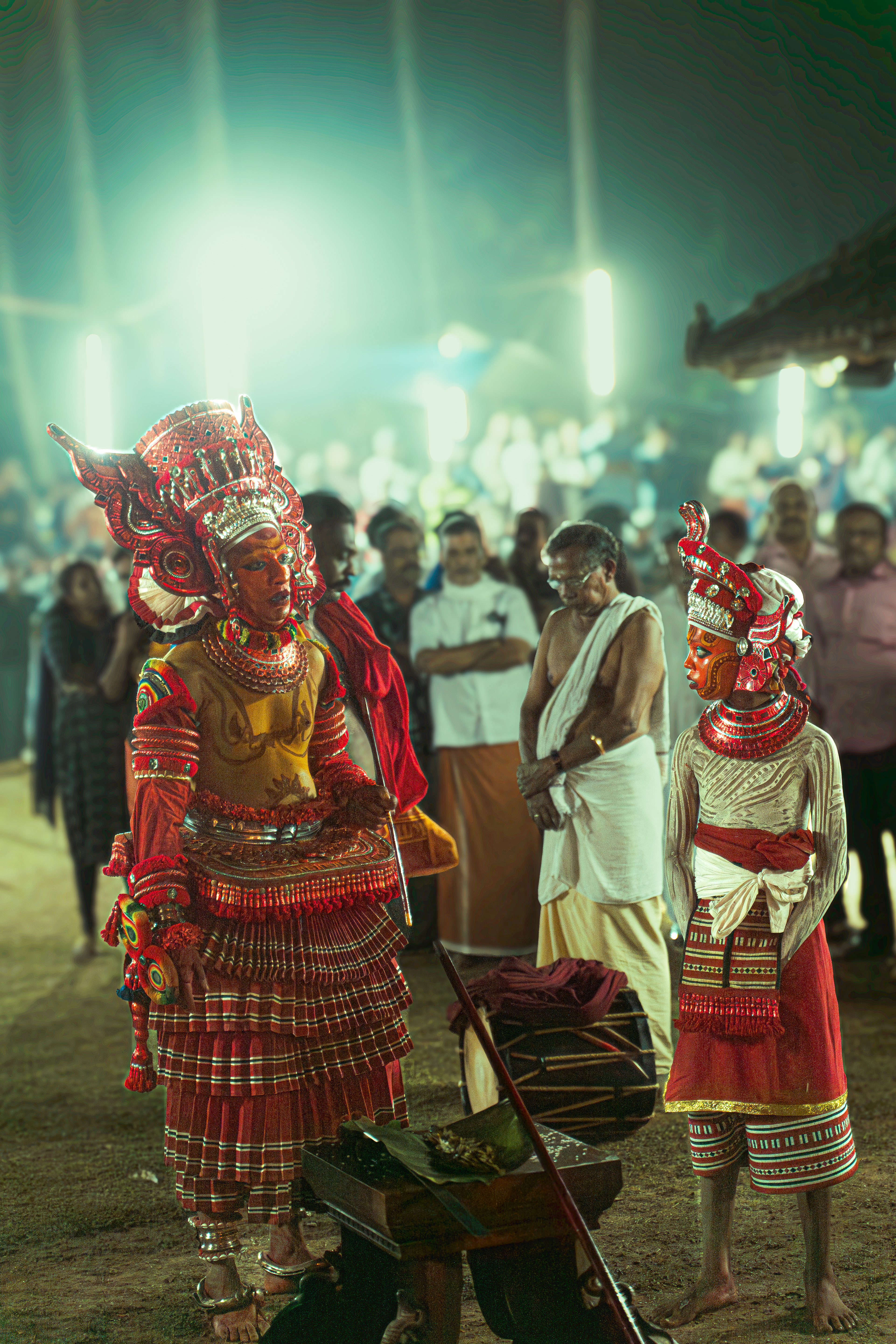
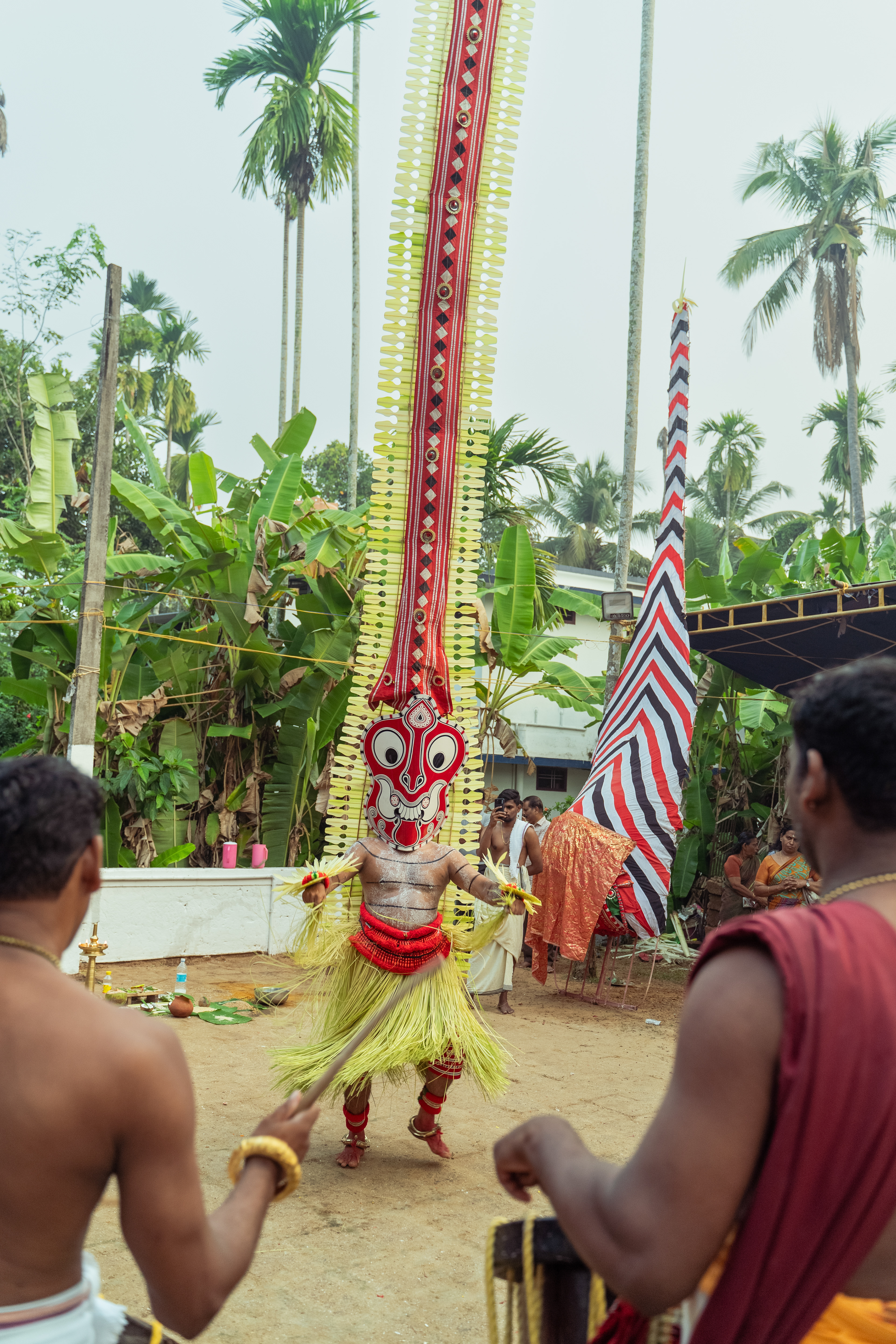
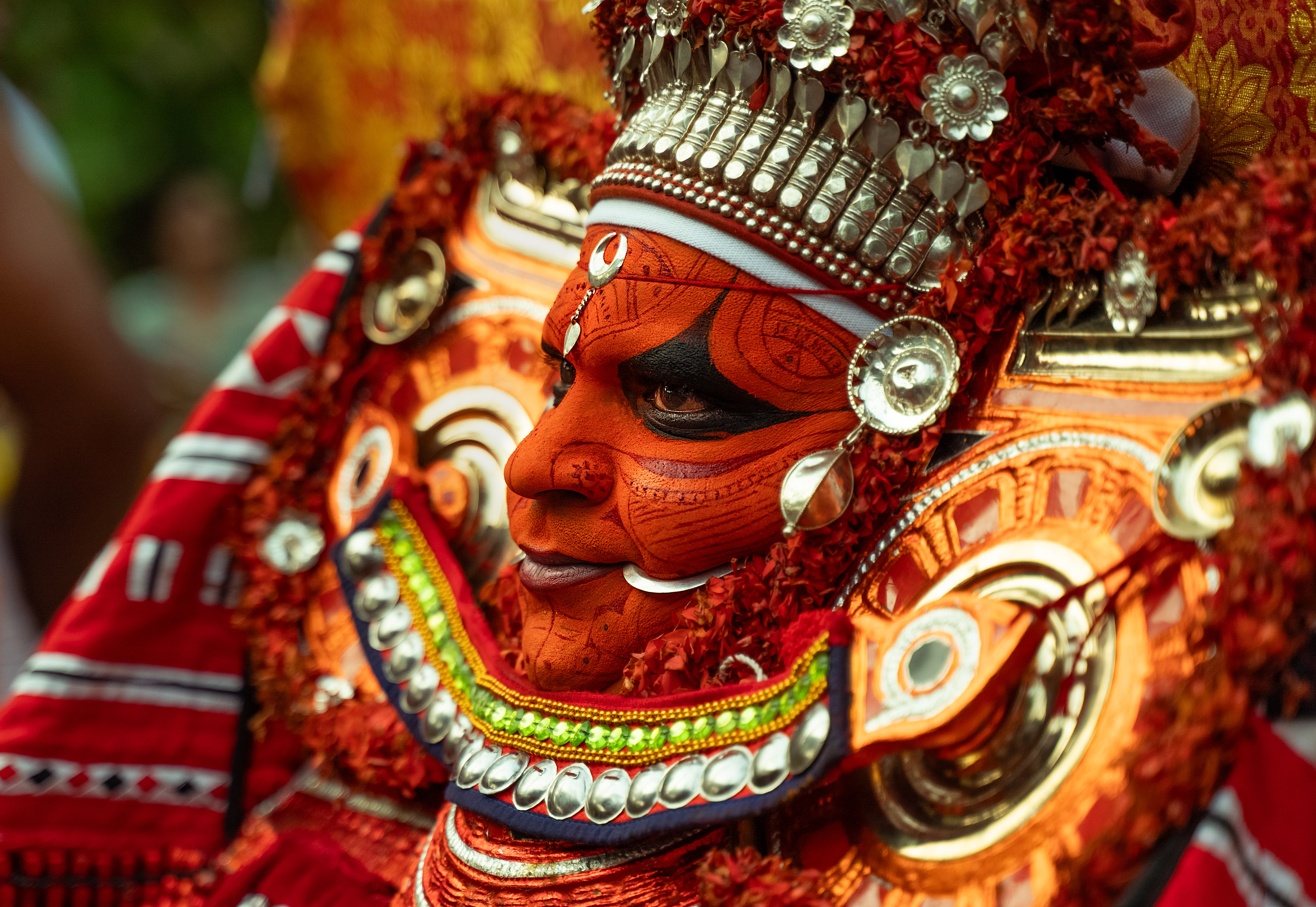
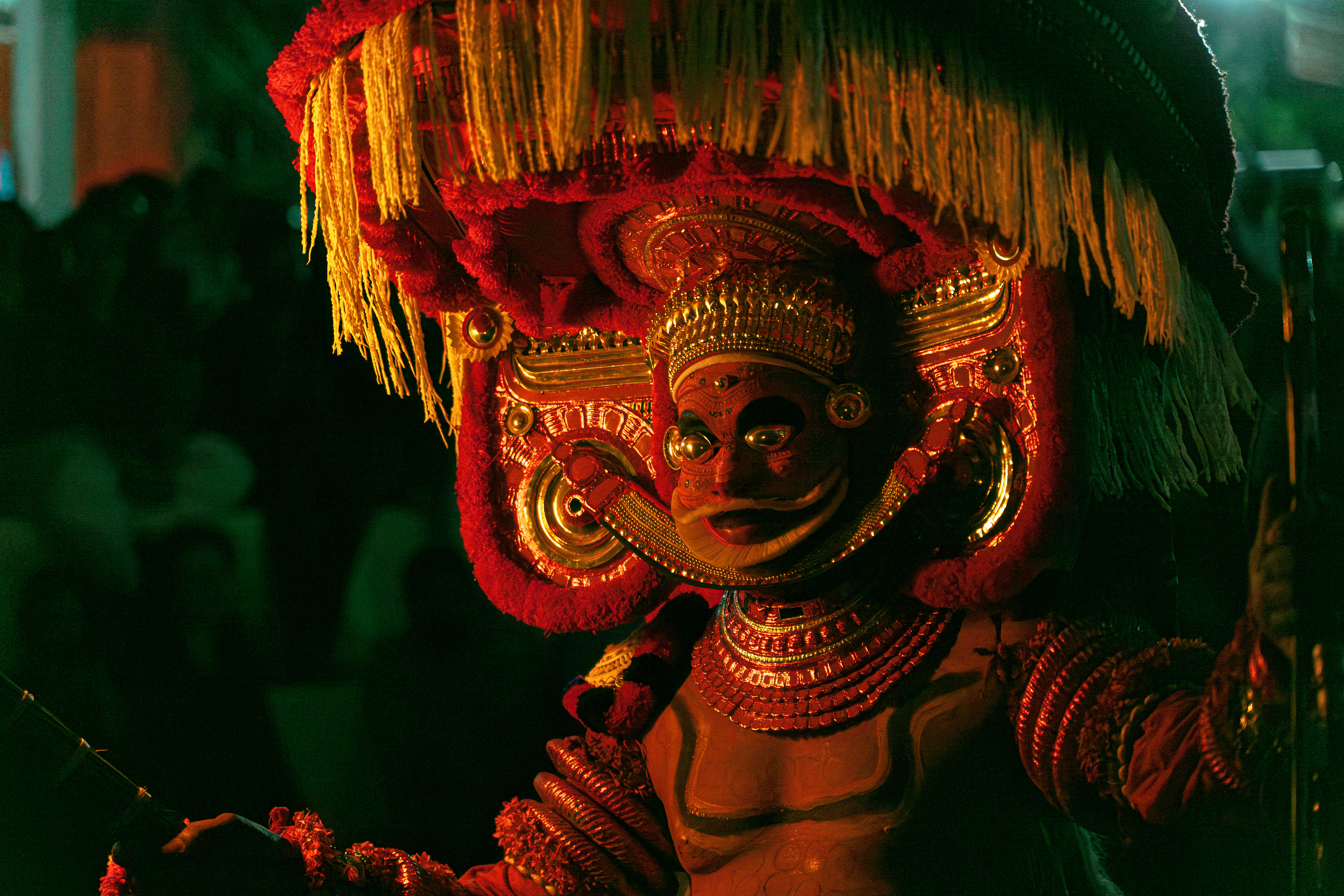
Exhibition at THE OLD BATH, EAST LONDON FEB14- APRIL 14 2025
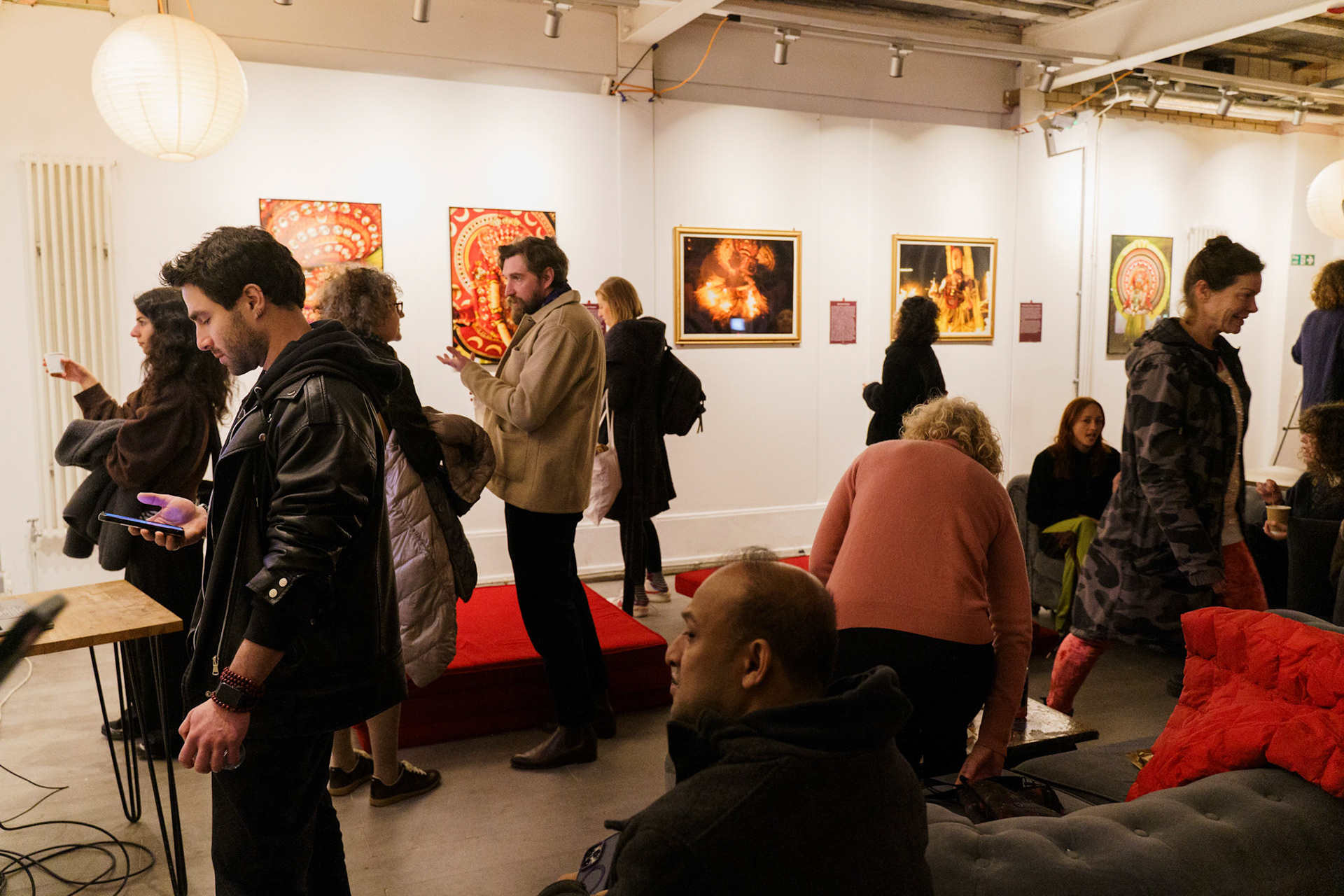

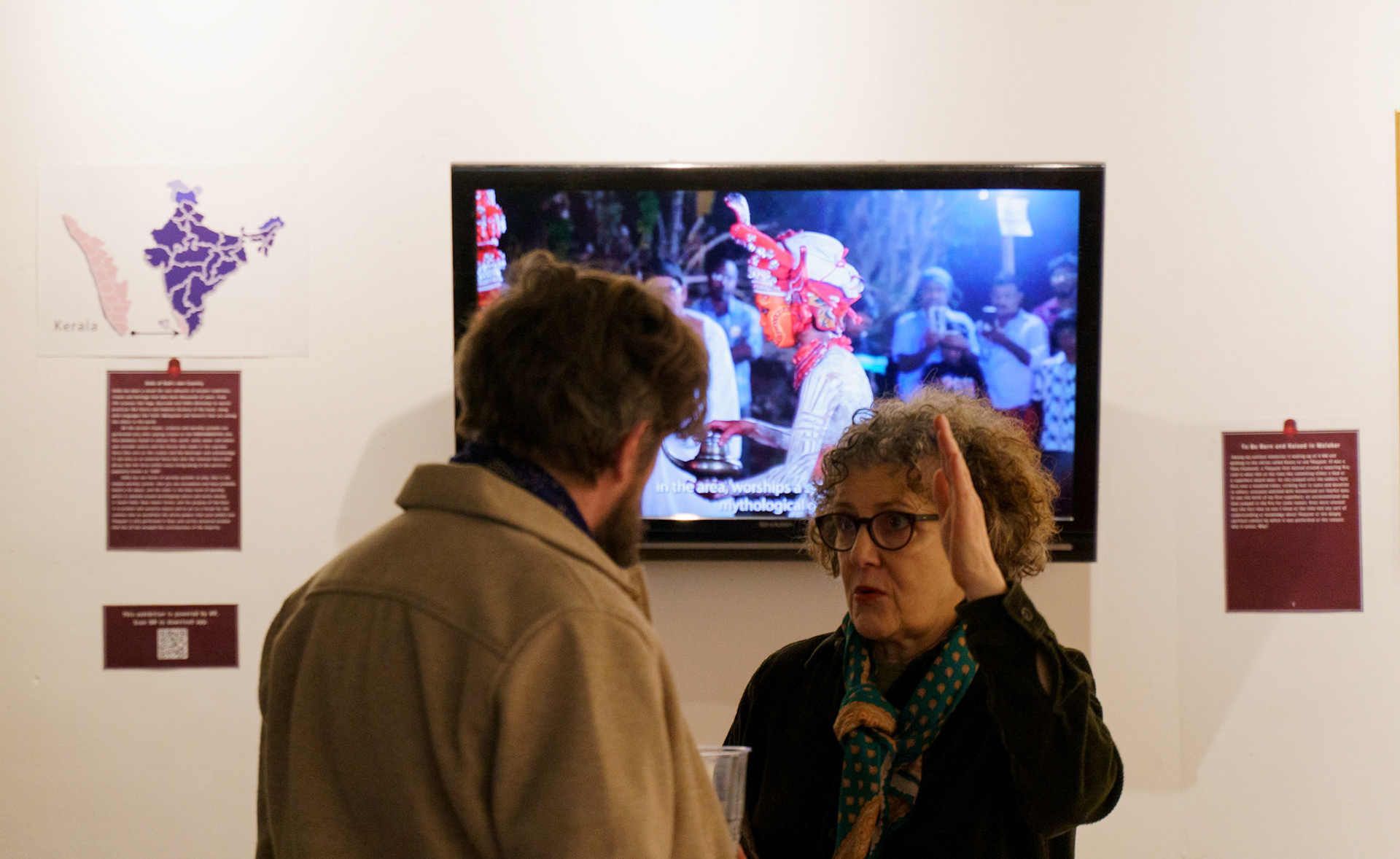
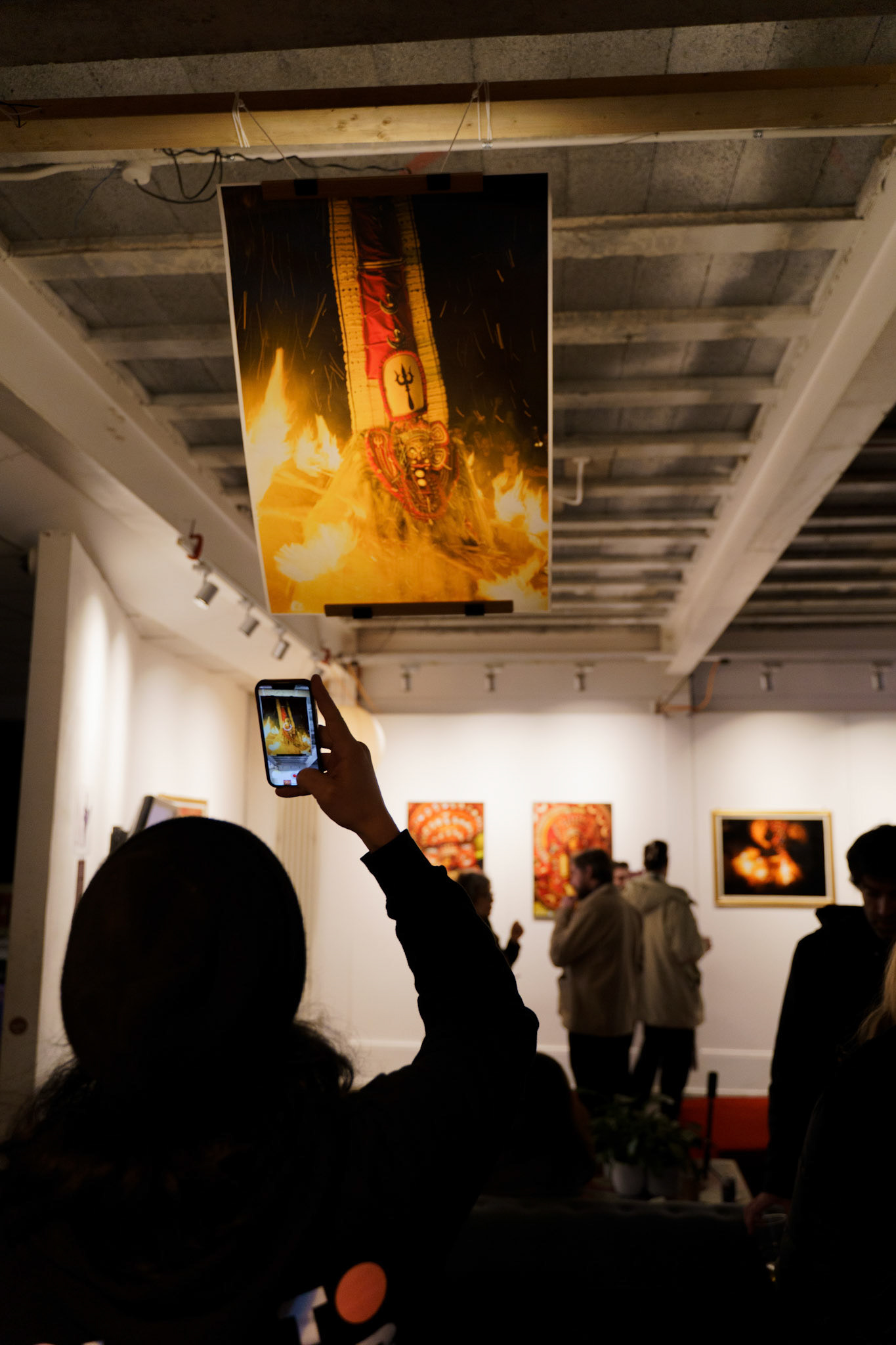
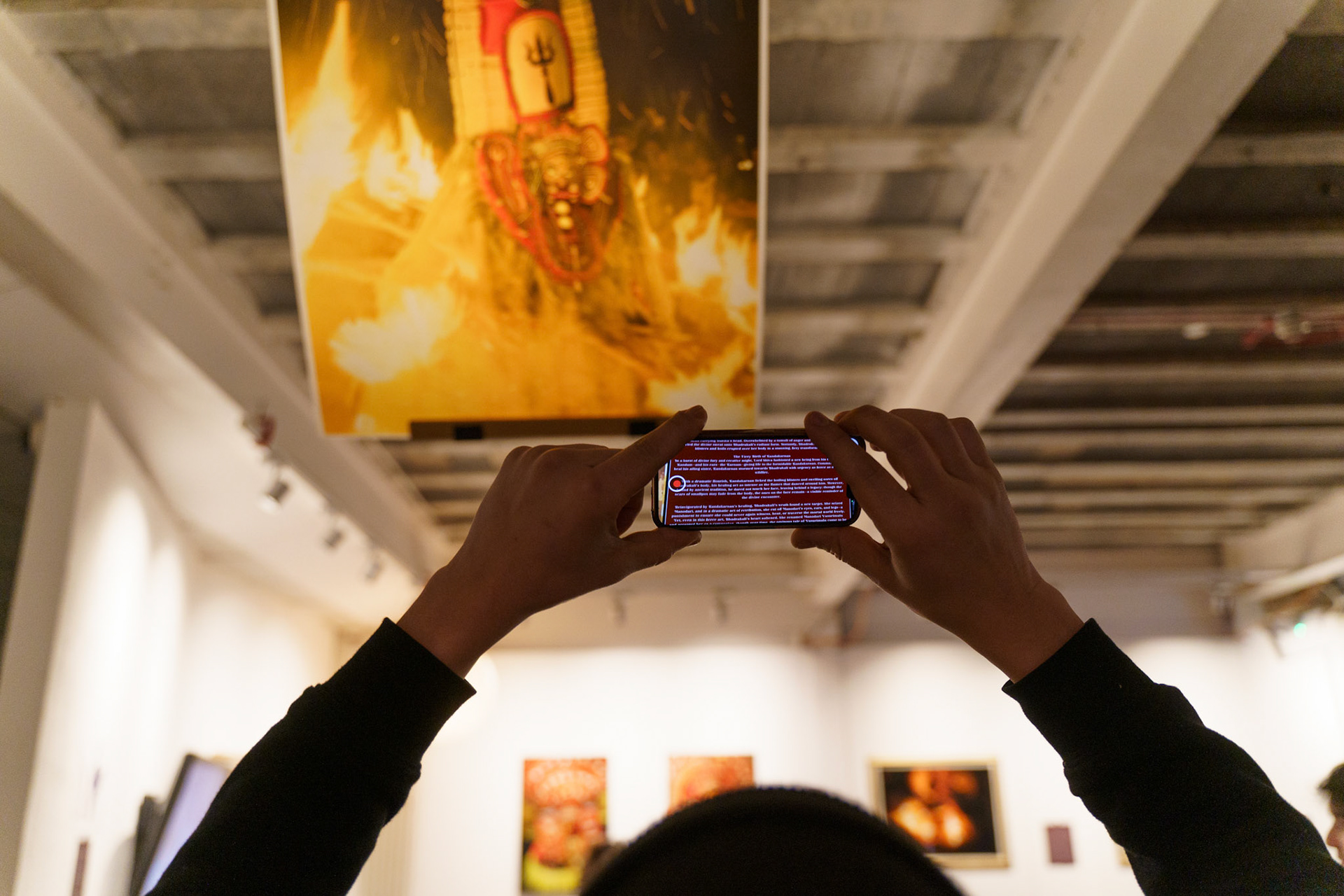



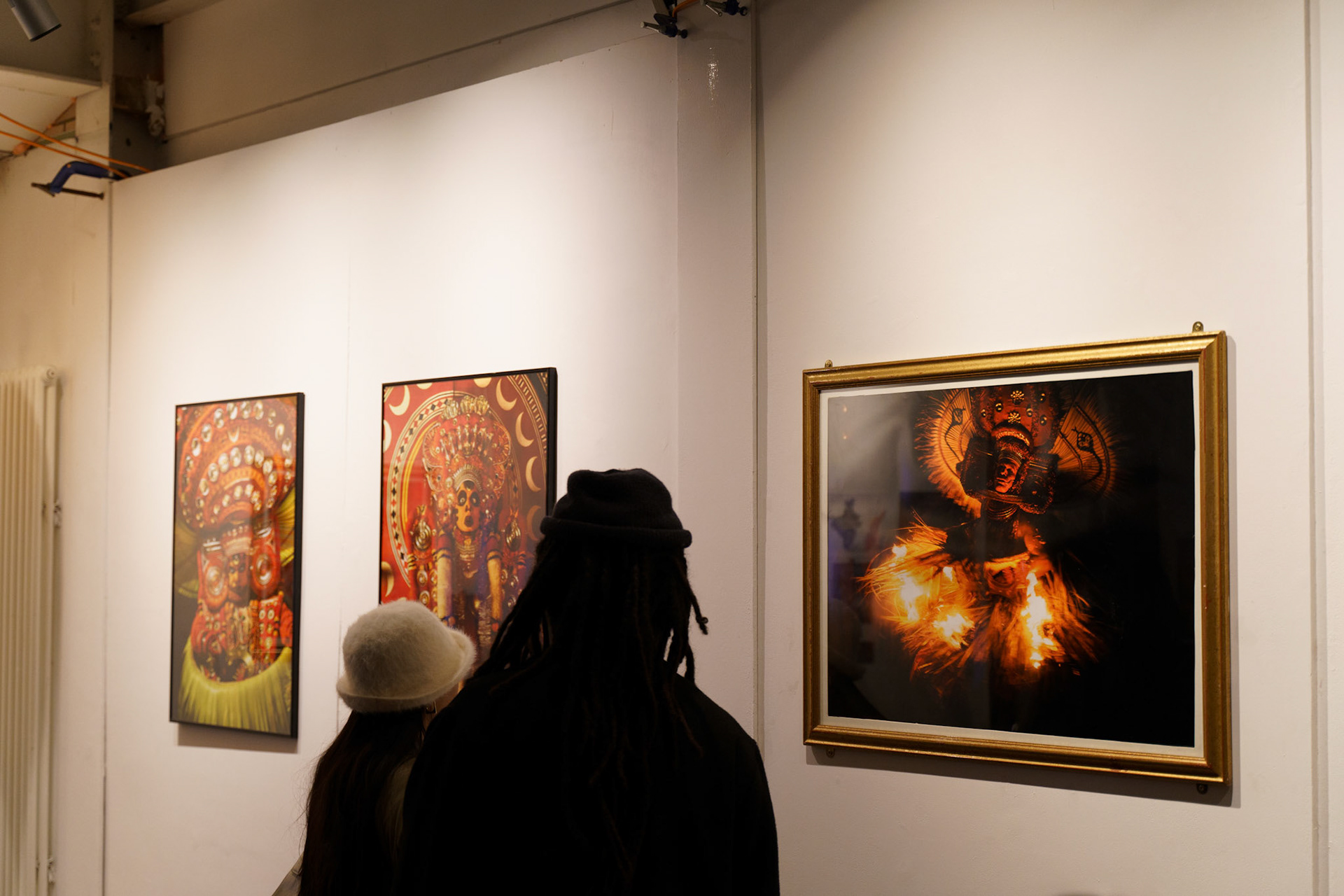
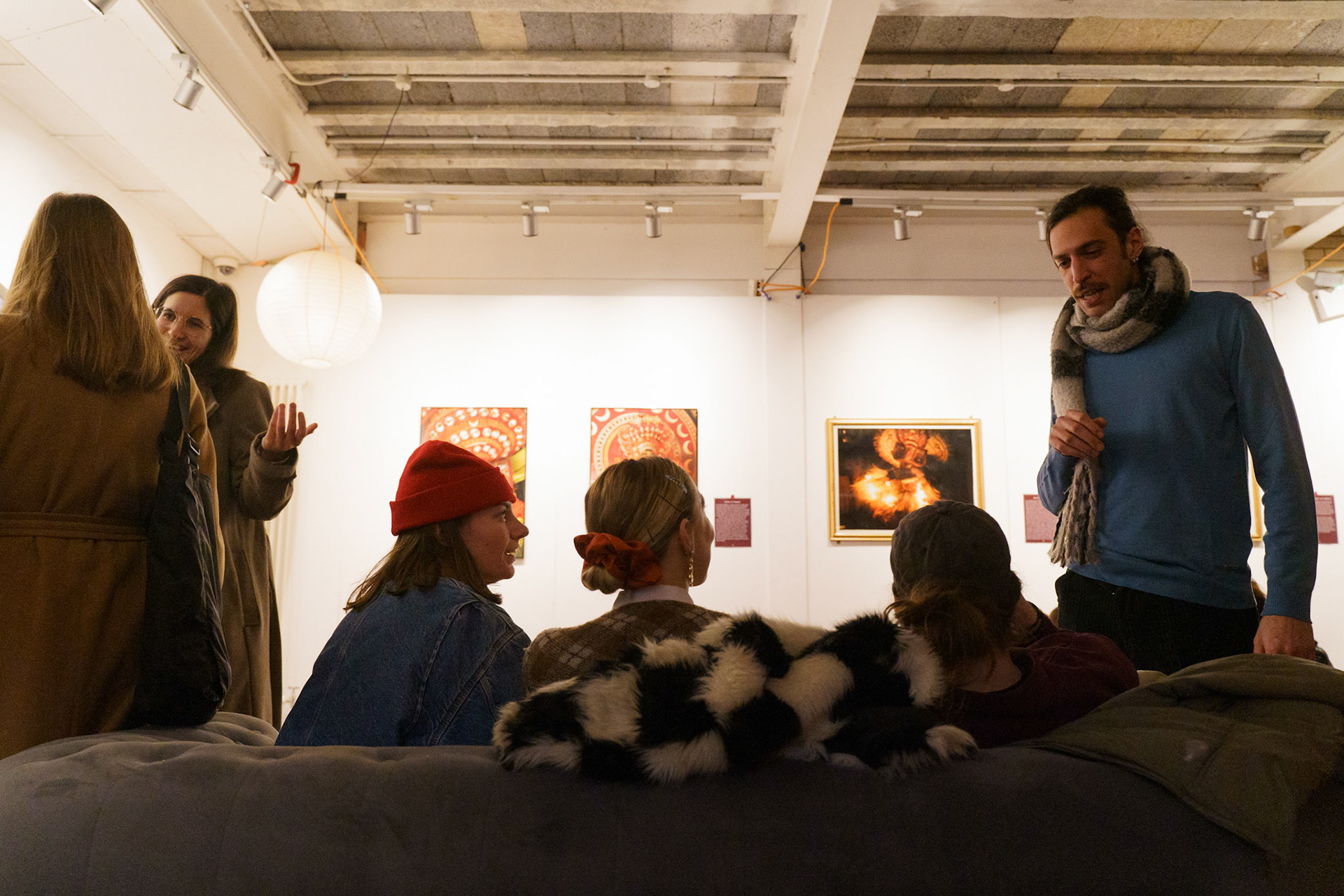
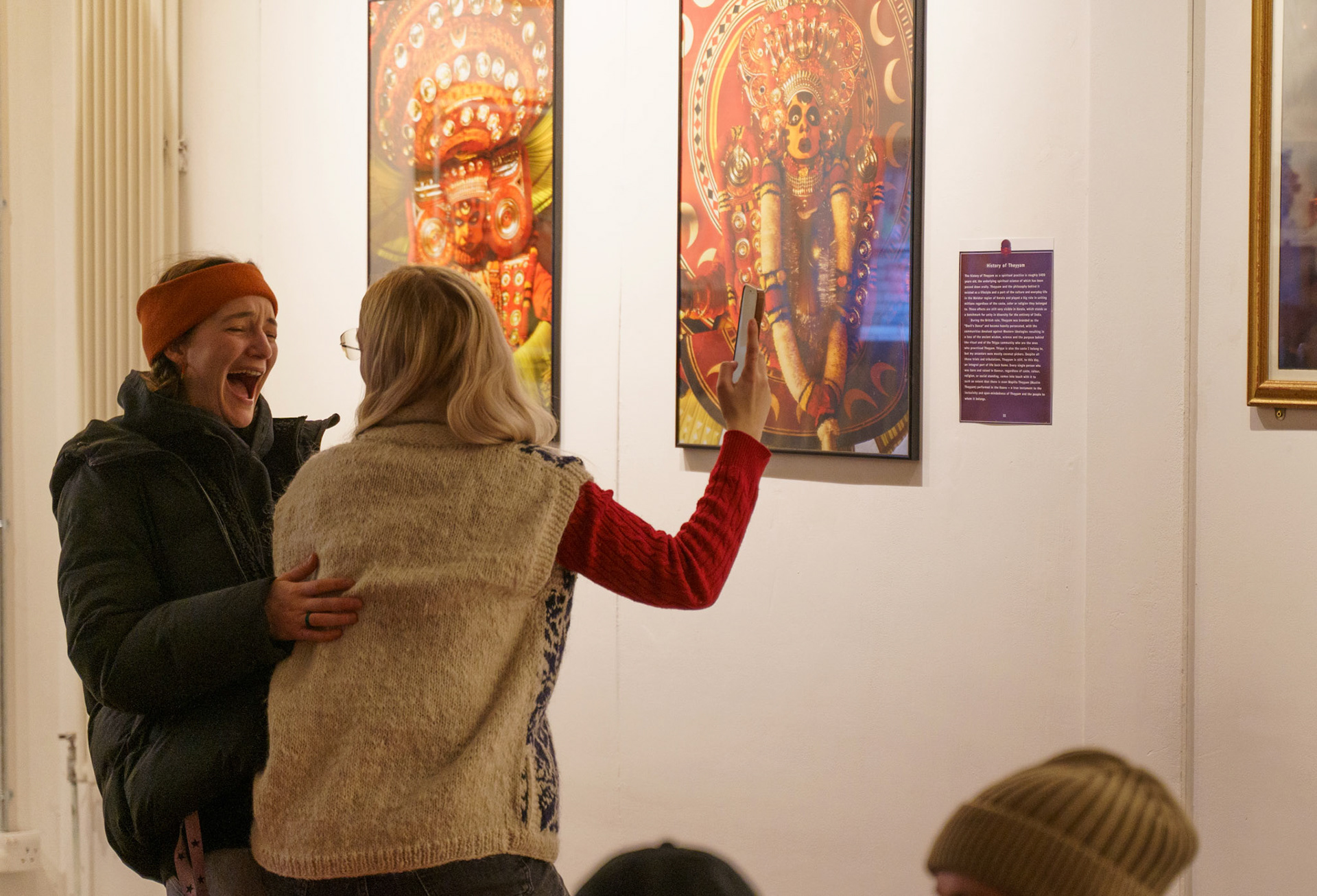

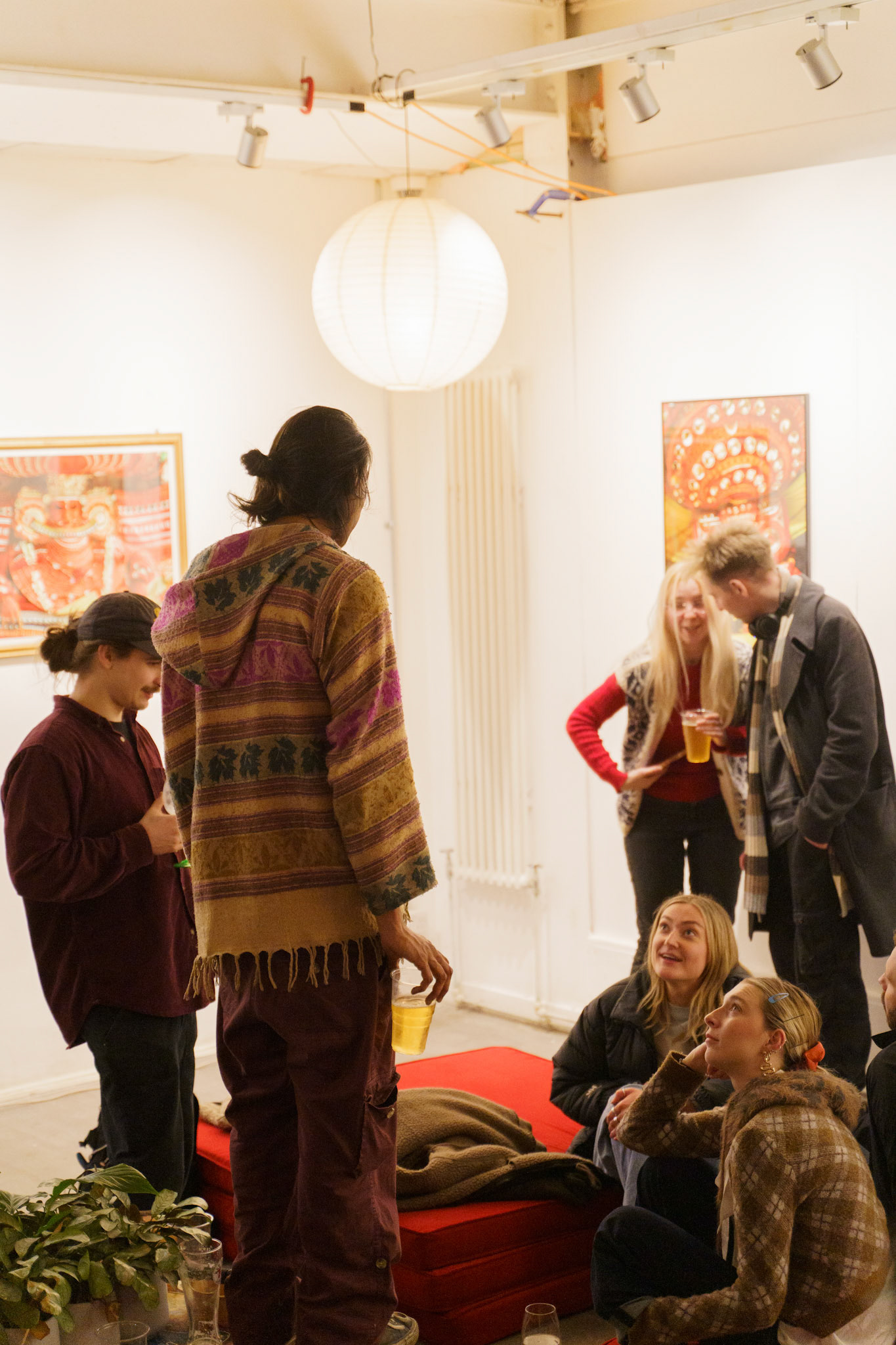
BTS Exhibition at Arbeit Studios, London 2024
Private Viewing in Italy ( Frosinone )
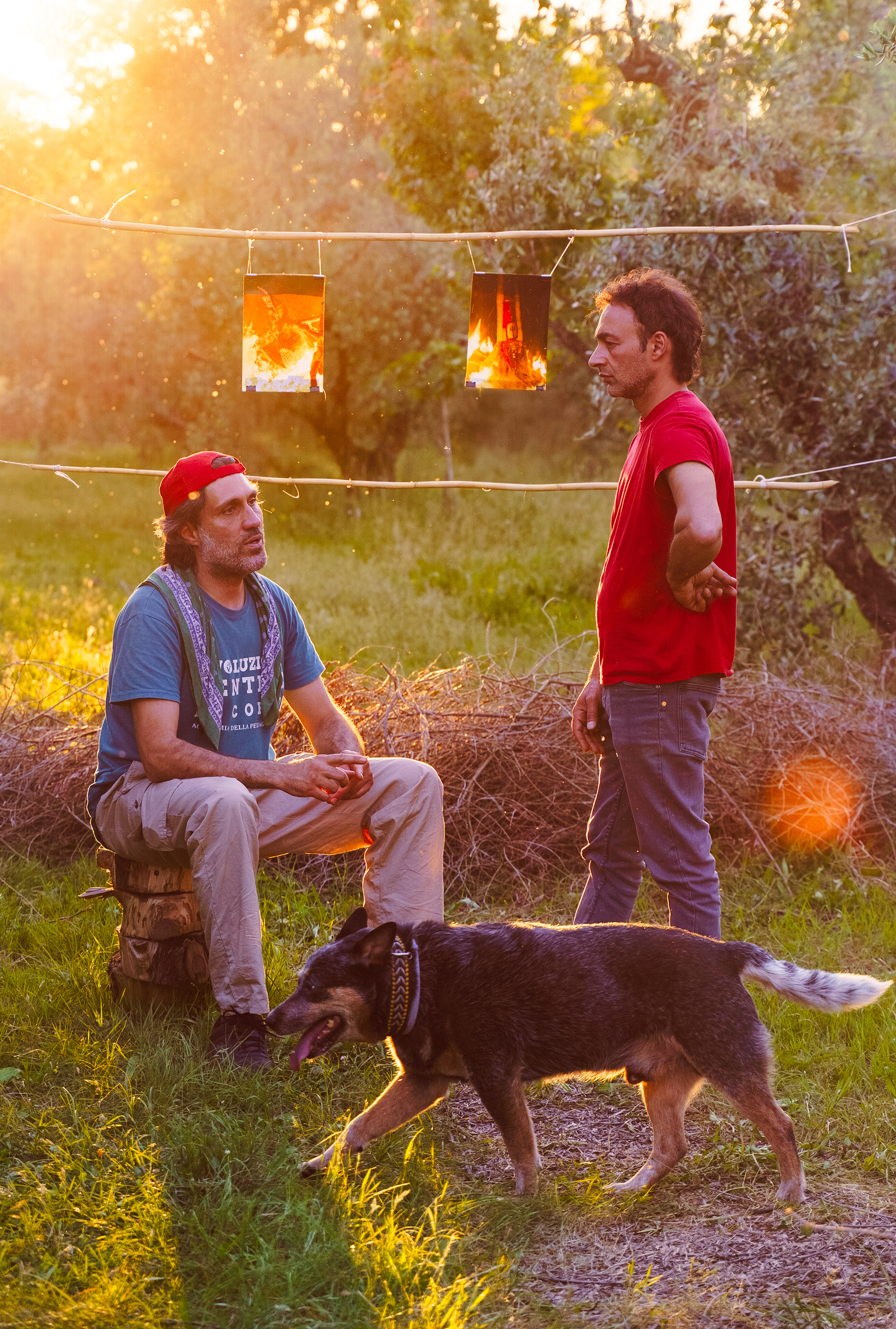
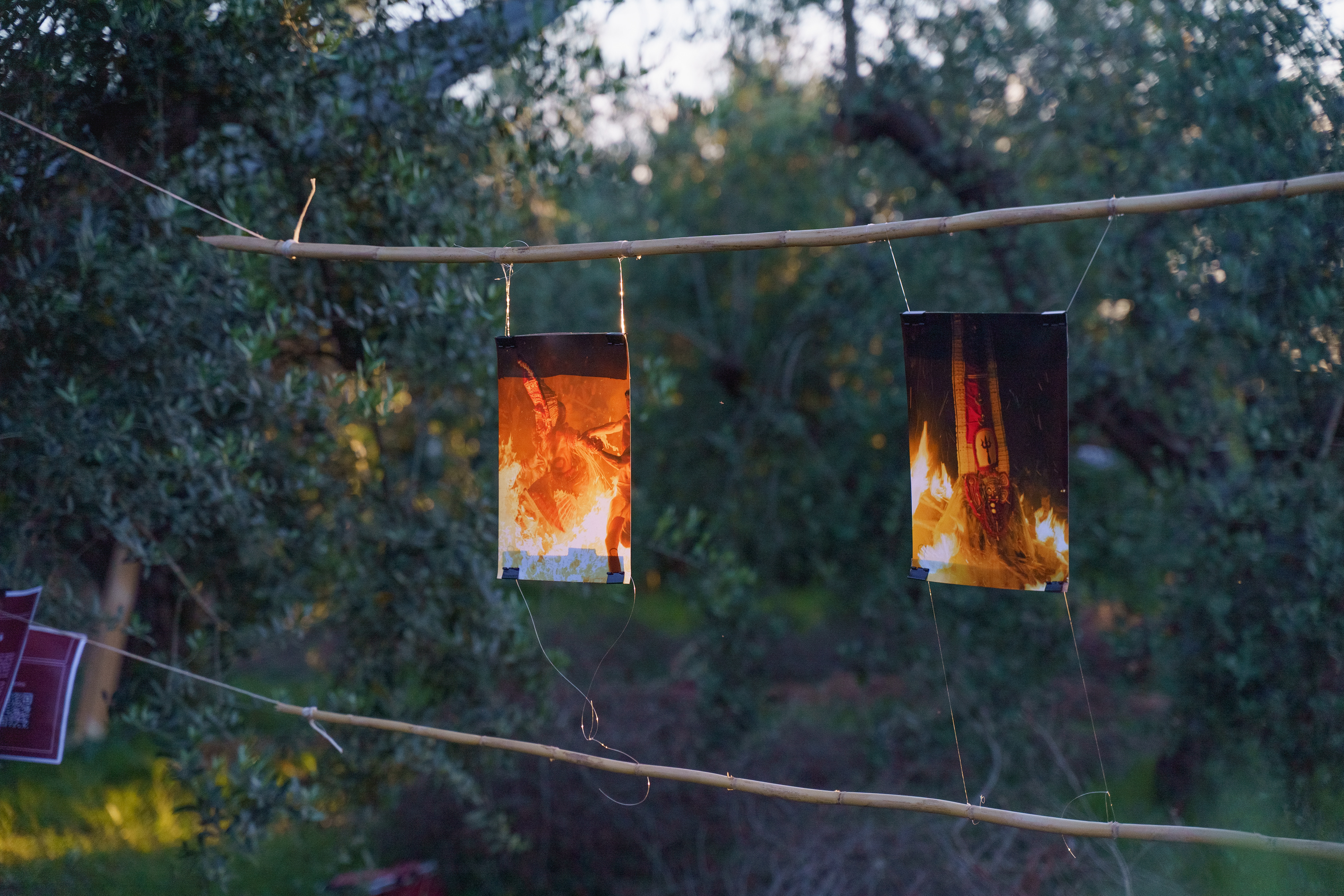
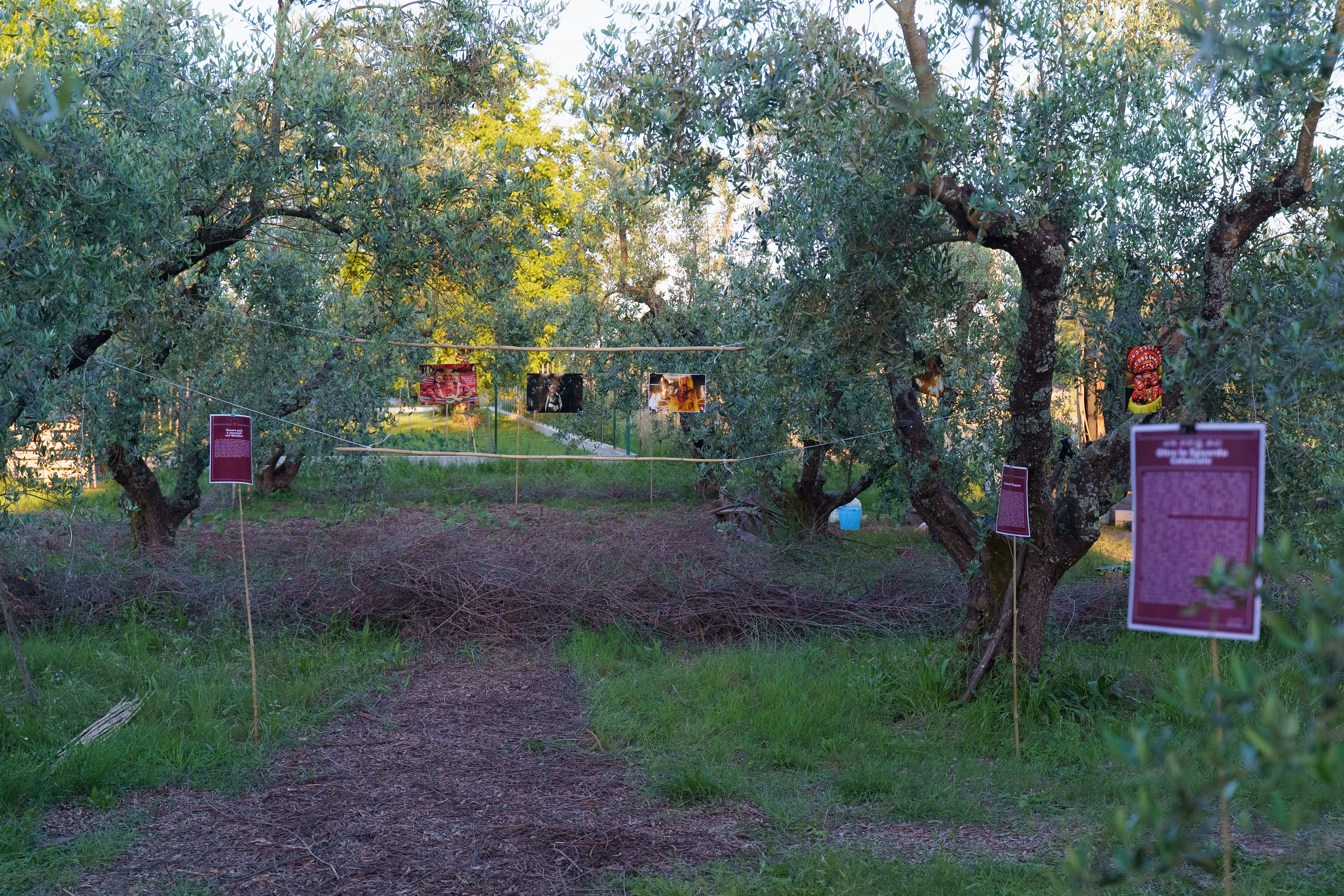
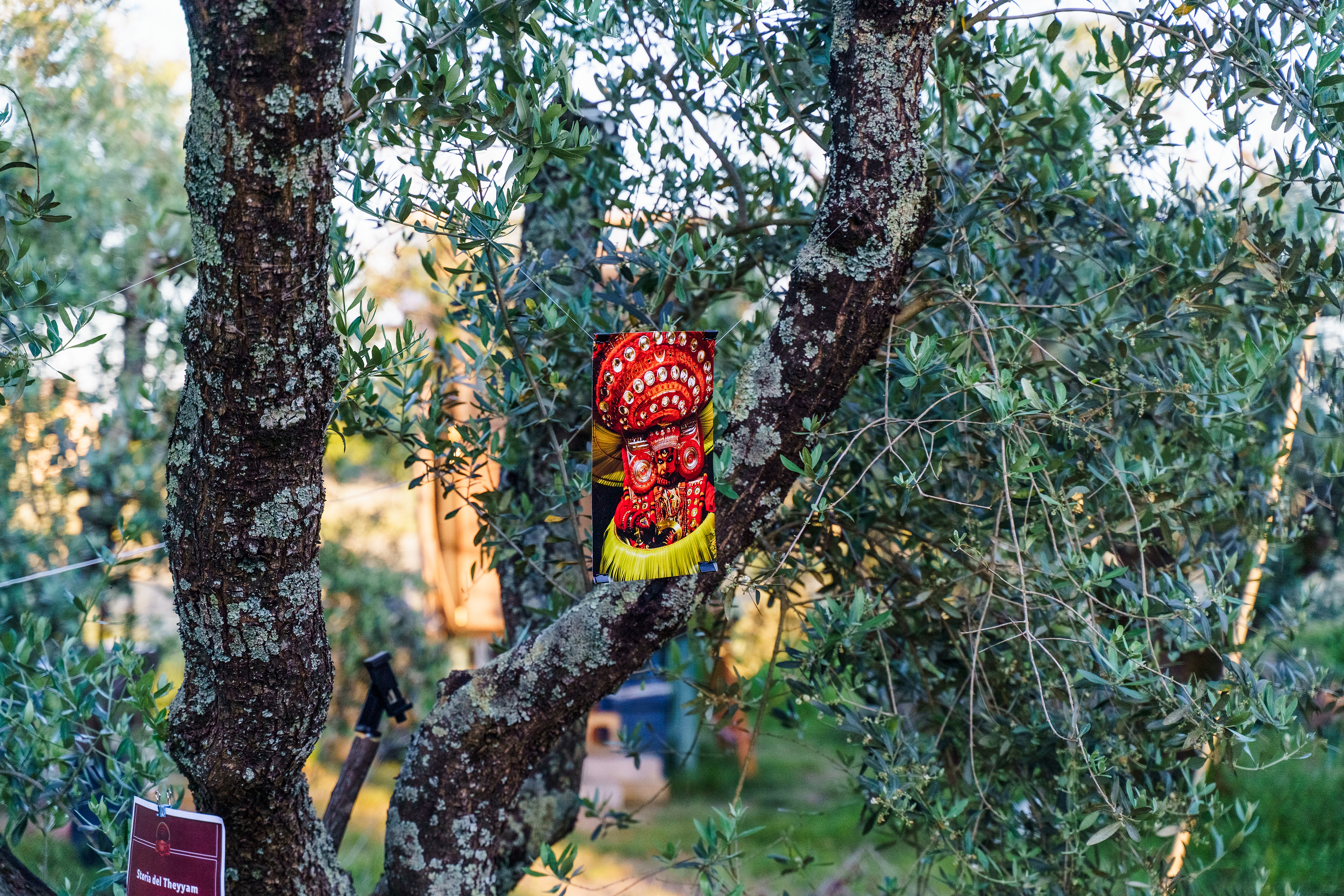
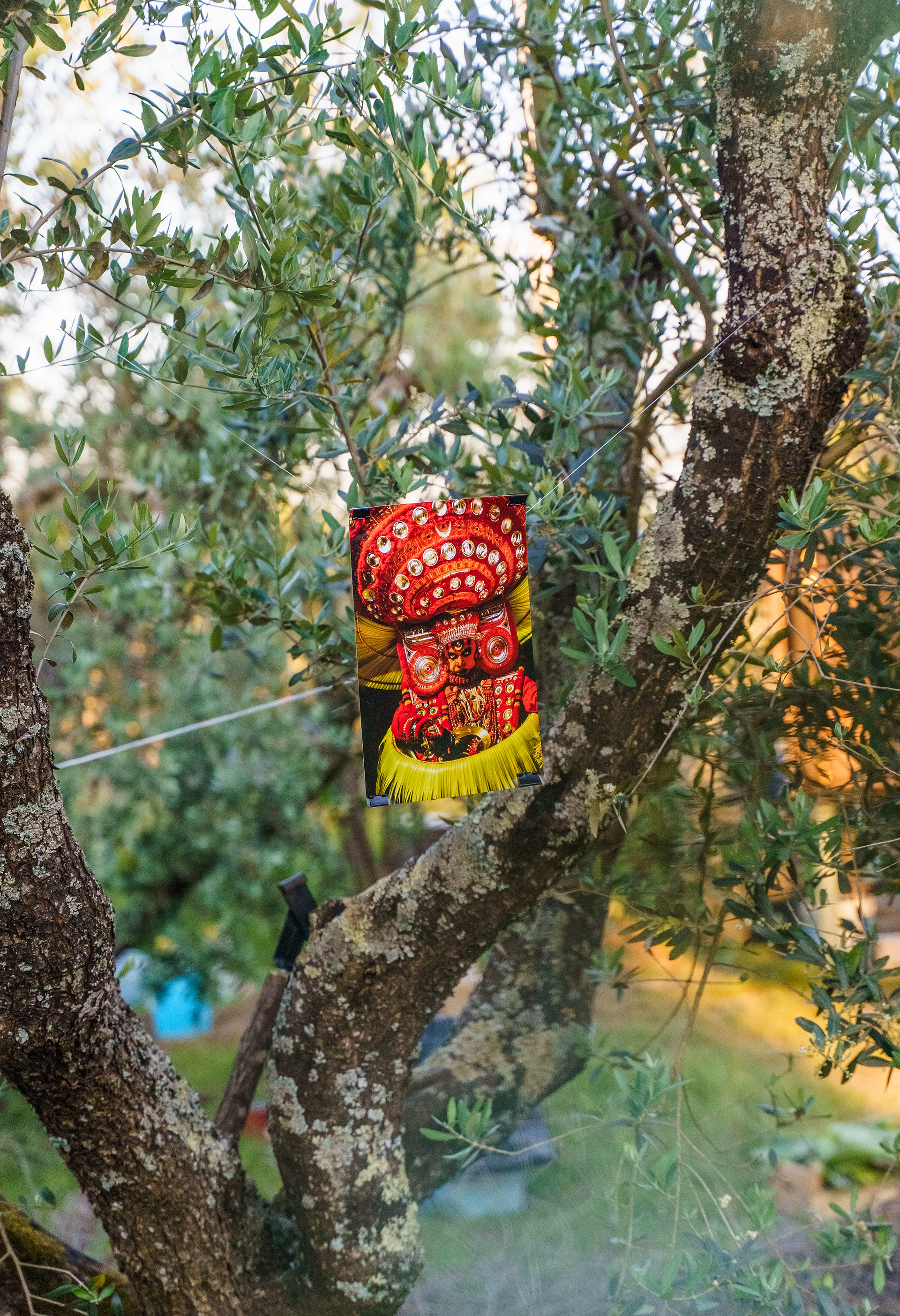
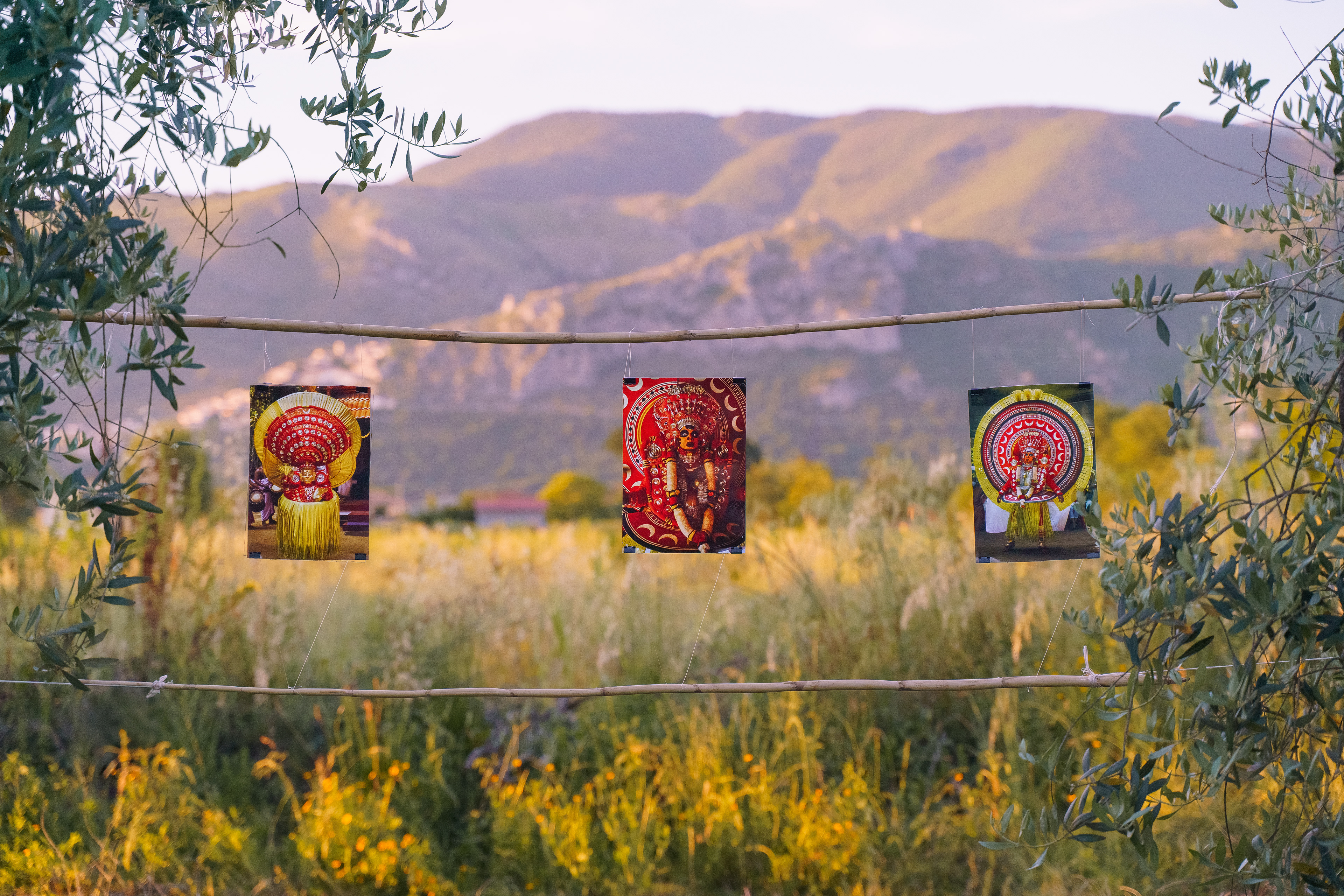
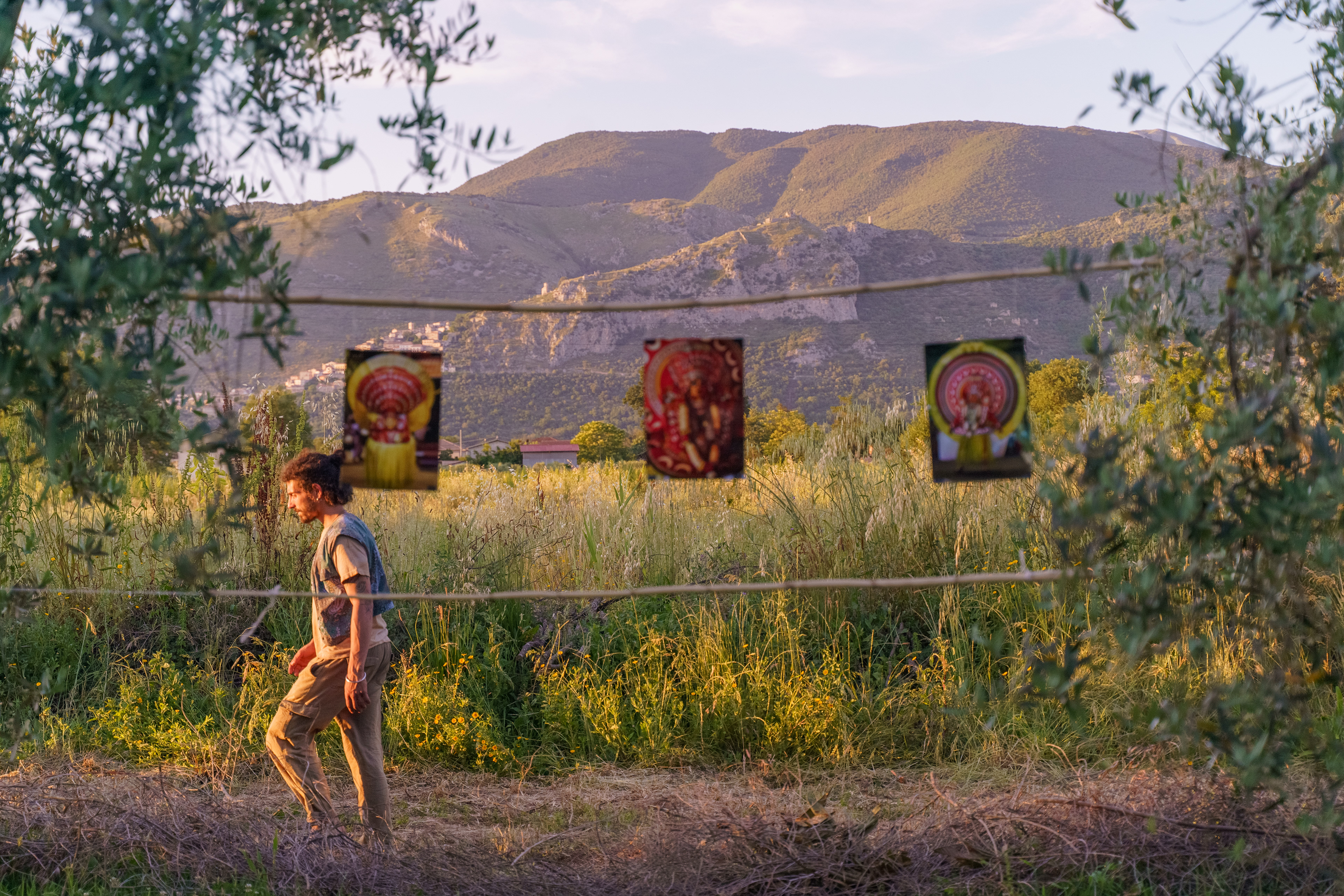
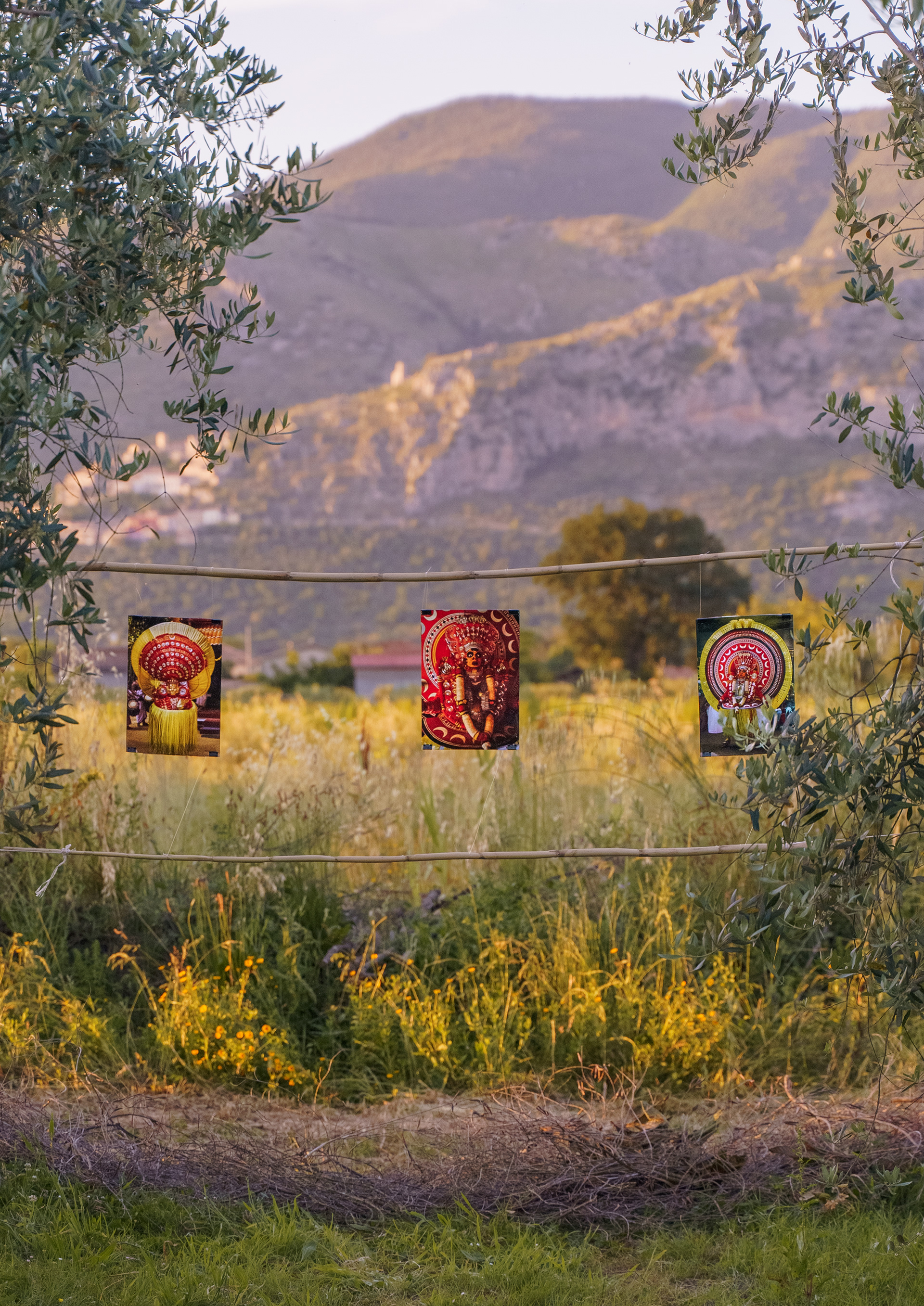
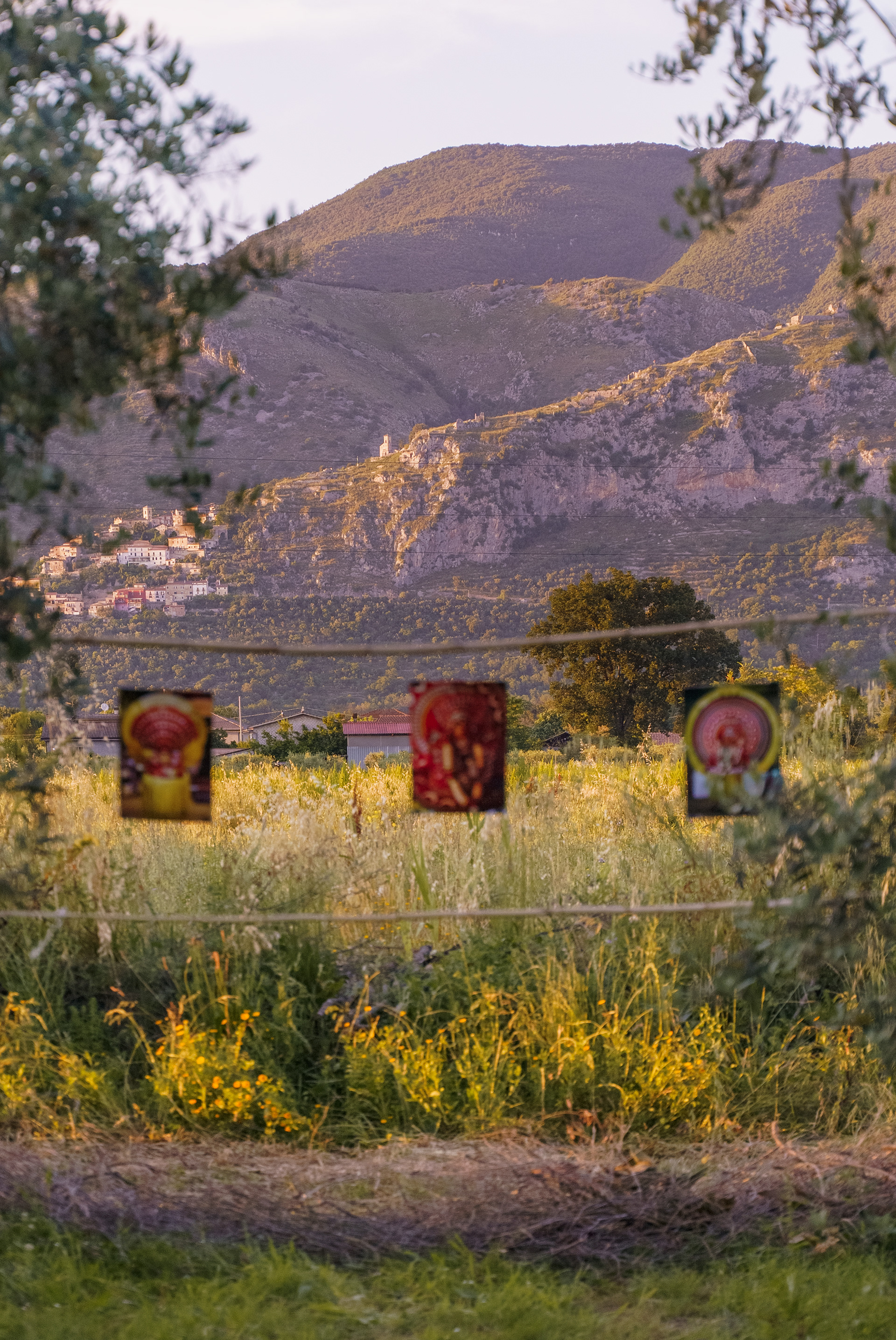
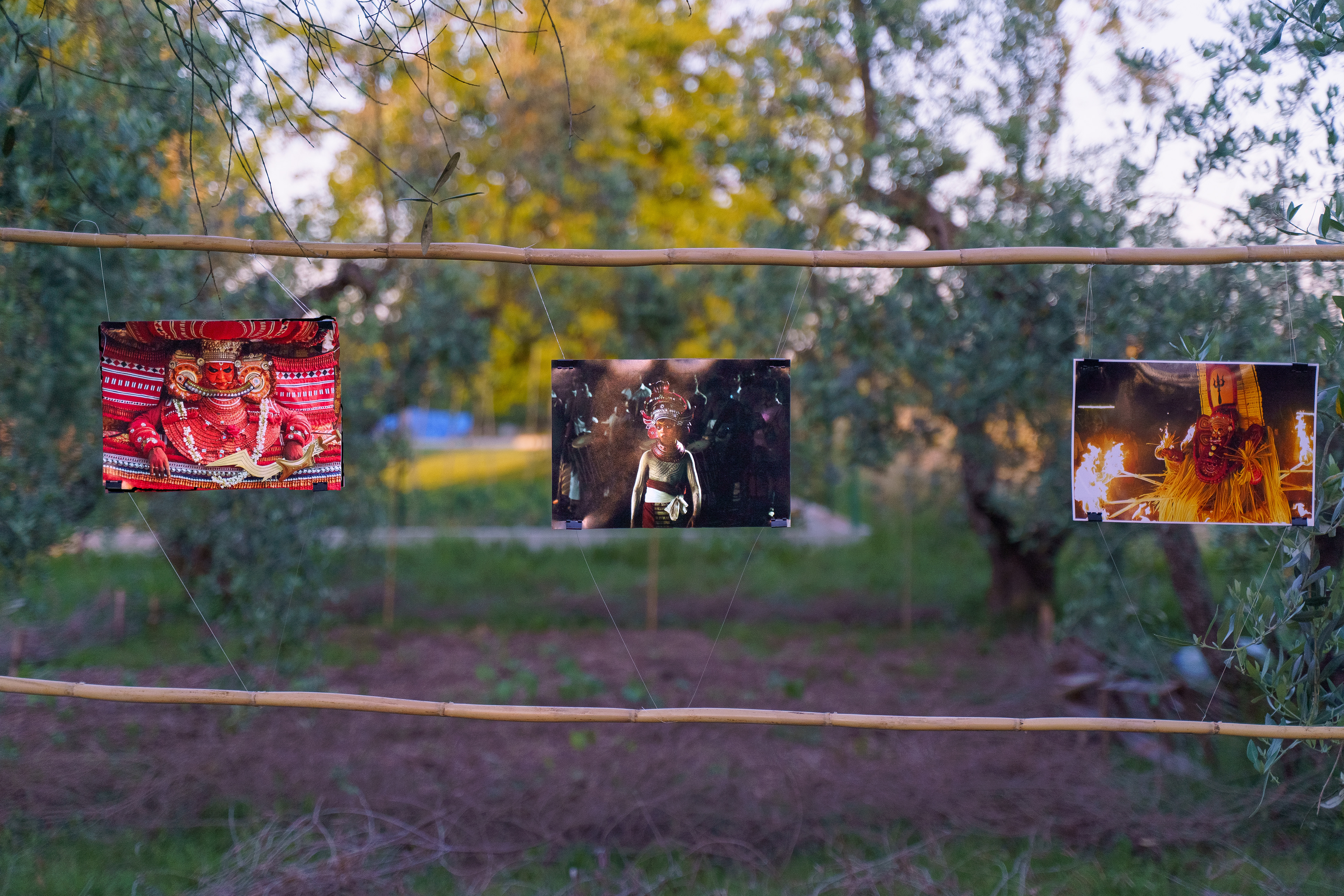
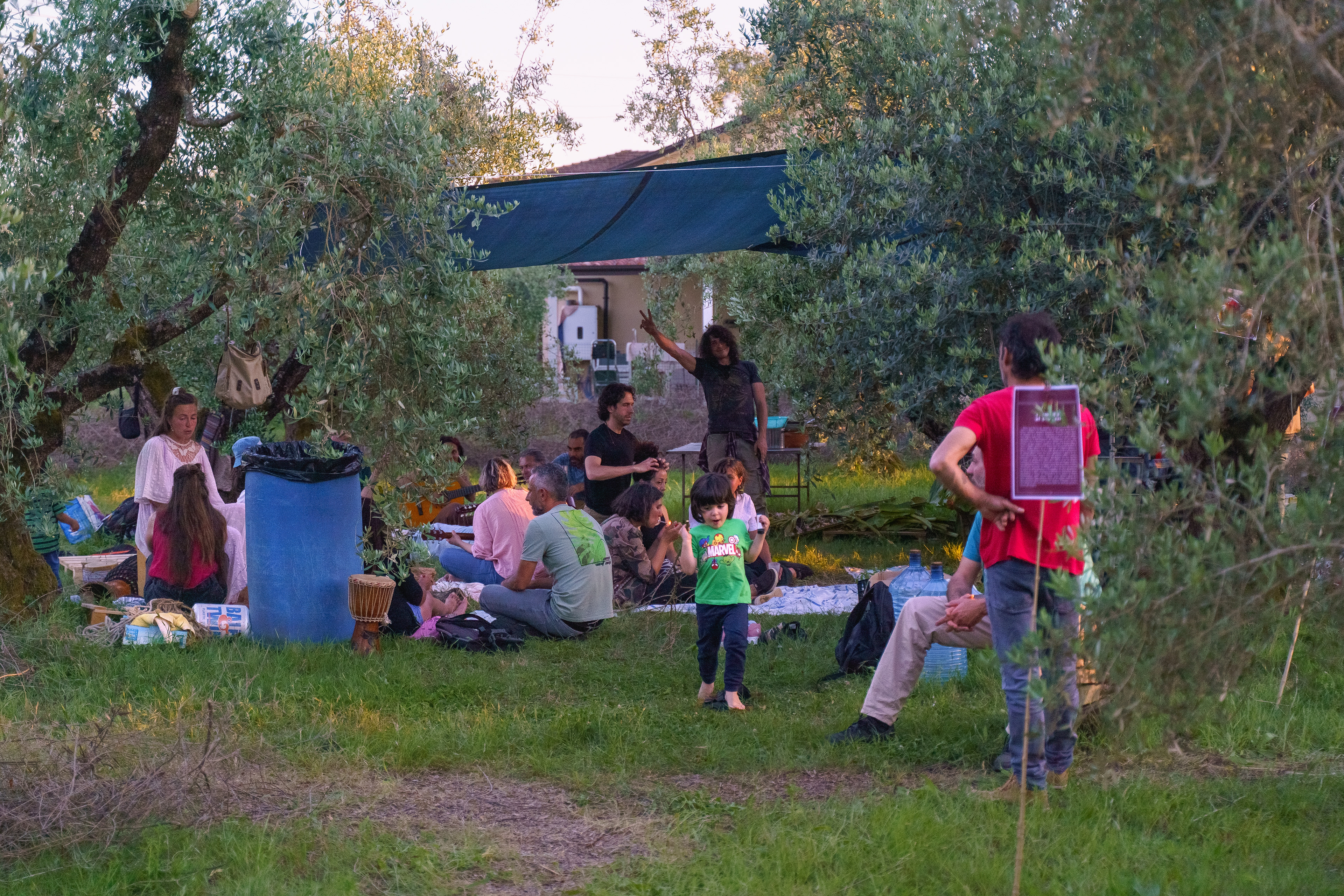
Exhibition in Rome, Italy
